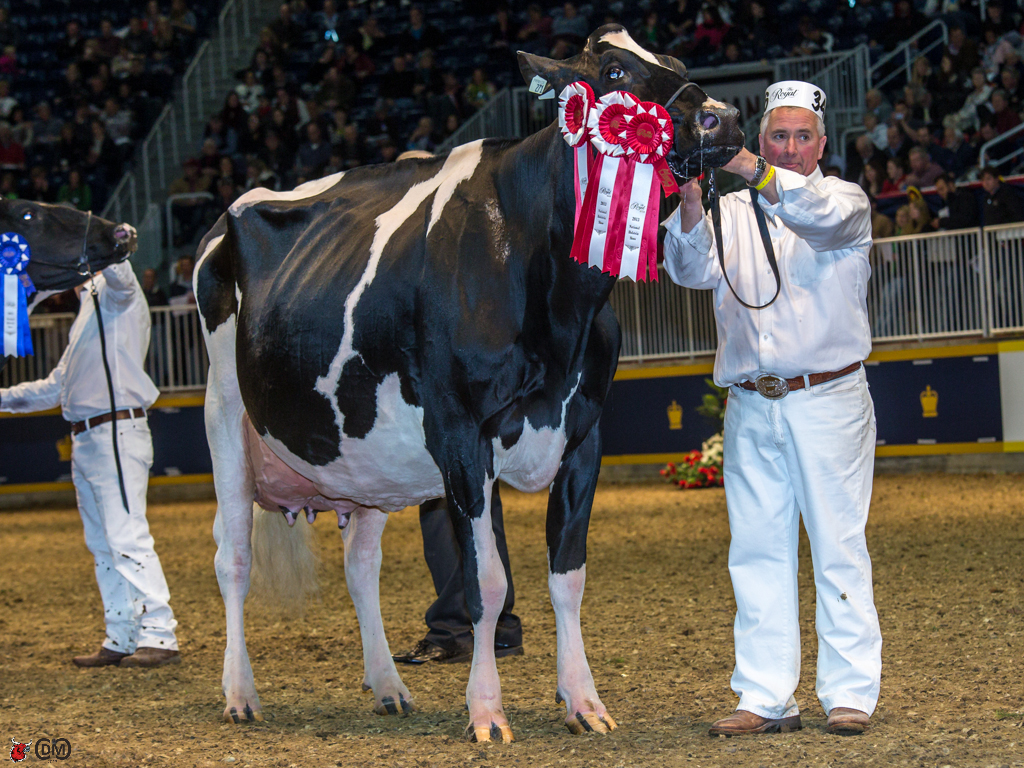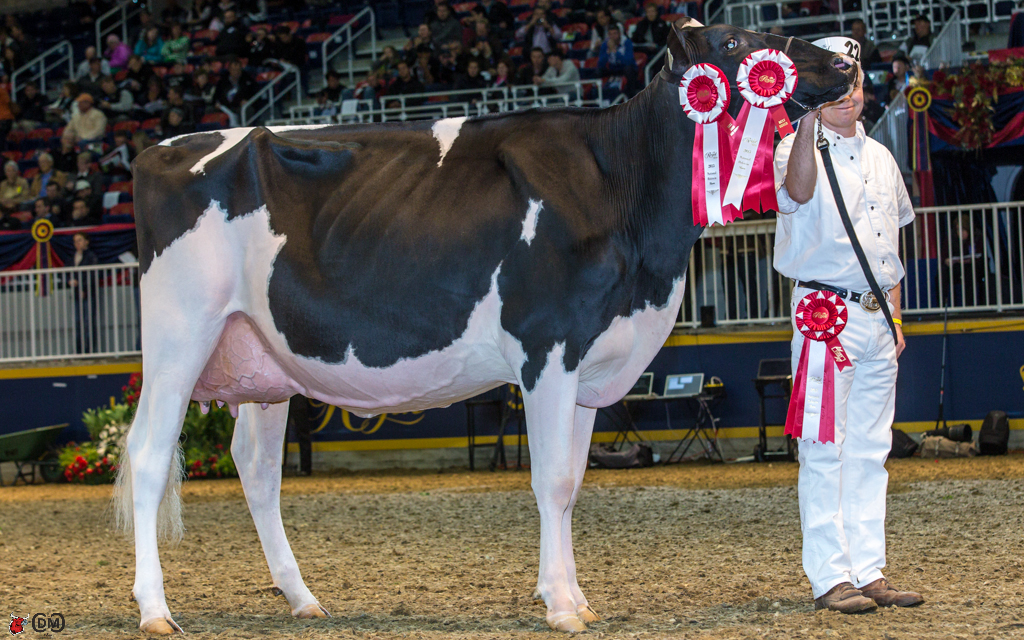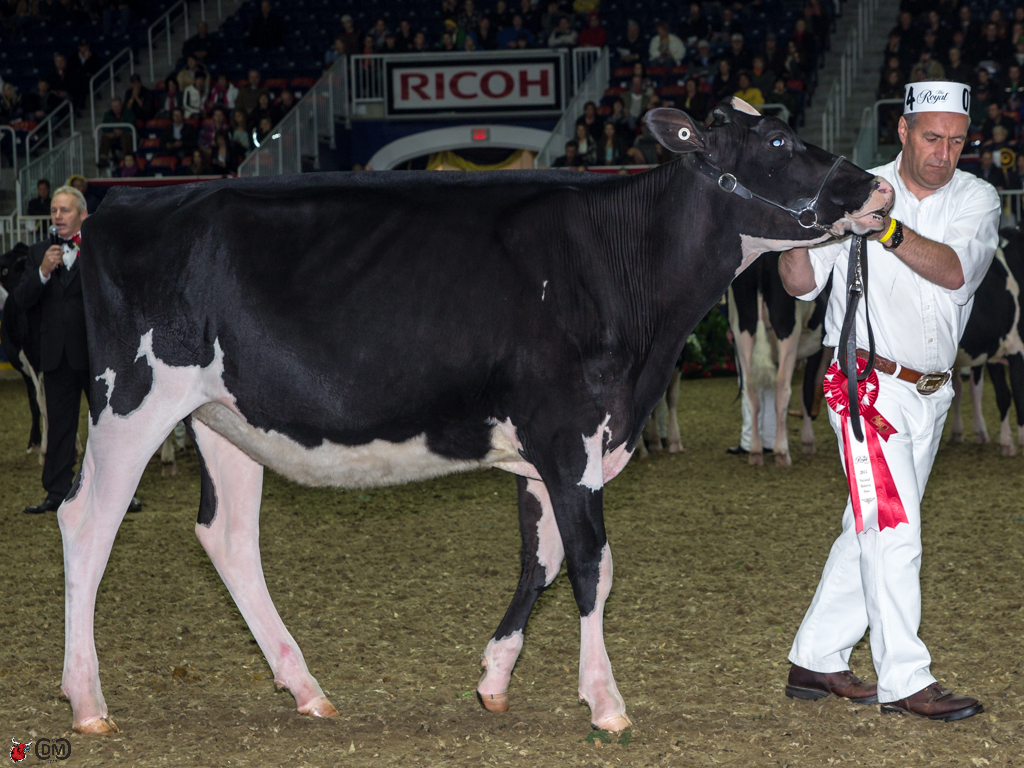One minute we are waiting for a long winter to make its way into the history books and the next we are noticing how it’s almost too warm to work outdoors comfortably. No doubt our working dairy herd is also feeling the effects of changes in the weather. Too cold or too hot we must always be anticipating ways to recover any dollars that because of climate conditions have resulted in more expenses or less production. Having said that, why then are we “surprised” by a change in the weather?
Perhaps it`s time to think beyond current the season and decide how best to tweak the three or five year plan. Factors such as costs, labor and profit margins might be telling you it`s time for a major change. Before this year`s crops are all seeded, it might be a good time to make a dramatic change in your feed delivery system. Is it time to think outside the box stall or feed pen. Have you considered management intensive grazing (MiG)? This involves repeating periods of grazing and rest among two or more paddocks or pastures.
Every Line on Your Financial Statement Must Be Re-considered
When it comes to choosing to use a rotational pasture program, those who have mastered pasture suggest many questions that should be answered when considering grazing over confinement feeding of the dairy herd:
- How much feed do you currently grow? How much less will you need if cows are pastured?
- What is the current value of feeding equipment – both growing and delivery —? Can you recoup dollars from selling? What annual maintenance and repair fees will be eliminated?
- How long will your current equipment, which won’t be as heavily used, contribute to your 3-5-10 year plan?
- What current costs are applied to manure haulage? What savings can be realized if cows are on pasture?
- Fuel inputs could be dramatically lowered, with less planting, harvesting and feeding.
- What are your current herd health costs? If exercise and fresh air reduce vet, medication and staff health care inputs, what could that add to your bottom line?
Once you have an itemized list of potential savings, you have the opportunity to decide how that can be applied to your specific long-term dairy strategy.
Who is Thinking MIG these days? What is Pushing and Pulling them to Pasture
- Farmers who are starting out or closing out. If the farm supports sizable pastures, intensive grazing could be a good start-up dairy feeding plan for a farmer just starting in to dairying. At the other end of the spectrum, it could have the same attraction as a way of downsizing from a long-term established dairy.
- Farmers who anticipate that high quality pasture forage can be provided for half the cost of stored forages.
- Pasture feeding is a requirement for organic dairy farmers.
- Purely from the financial side, grazing can make more money with less debt load.
Should YOU be Thinking MIG?
We often use the expression that a project or a purchase “ticks all the boxes”. Before changing from confinement dairy housing to management intensive grazing, see if your situation gets a “yes” checkmark for each of these questions:
- Does your farm lend itself to producing pasture as well as or, more than, cropping?
- Can you accept a lower herd average than average for the top half of confinement herds?
- Are you willing to adjust dairy ration based on current pasture conditions?
- Ready for a change in chores?
- Is there adequate pasture to meet most of the daily forage needs for livestock for the grazing season?
- Can milk cows get to and from the milking parlor as needed from the pasture?
- Will you provide fresh water to ALL the paddocks?
And the most important question
- Are you willing to change?
Oops! Make Sure You`re Not Harboring Misconceptions About Intensive Grazing
If you`re looking at grazing as a simple proposition of turning the cows out of the barn and onto fenced in fields as a huge savings in labor you may be misinformed. Depending on the quantity and quality of the pasture and the size of your herd, you may actually be looking at the “intensive” part of Management Intensive Grazing could be the number of moves that must be made from pasture to pasture. Depending on the season there could be several every day. There is a definite skill in managing grazing so that it improves the soil, the legumes and herd health and that definitely does not mean out to pasture – out of sight – out of mind. As with any other dairy management problem, once you have named it (too many pasture changes) you are one step closer to the solution. For some pasture managers they use a gate that opens electronically, thus reducing the number of times they have to work with fences.
From the Cows’ Perspectives do you have the BITE Stuff
When looking at pasture you may be taking in the size of the pasture when assessing how it will meet your herd’s nutrition requirements. It is important that you are providing enough Dry Matter Intake (DMI). In a day on pasture cows take in approximately 22 to 28 pounds of dry matter. The best way to make sure cows are eating enough DMI from pasture is to pay close attention to the size of the bite of pasture they receive. Pasture height and density determines this bite size. If the pasture is too short, then they cannot get enough pasture in each bite to meet their DMI needs, even if given a larger area to graze. Sometimes the obvious eludes our attention. In the case of pasture grazing, we must accept that cows only take a certain number of bites each day and only graze for part of each day because they must also spend time resting and ruminating. Once you have determined that you have the required amount and quality of pasture, the challenge becomes how to get your cows to eat enough of it in eight hours to supply their production needs. This is one reason to provide a new pasture, which is tall and dense, after each milking. When cows go into a pasture that is tall enough, they can rapidly fill their rumens with high quality high protein feed.
Mistakes and Pitfalls of Managed Pastures
In researching the benefits of using management intensive grazing, one can easily be won over to the benefits and overlook the potential downsides of this system. As with any thing “managed” they are ways to do it well and there are ways to fail. The latter can include the following.
- Poor plant growth due to overgrazing damage.
- Poor animal performance (including poor reproductive performance) and
- reduced milk production
- inadequate dry matter intake (DMI) from pasture or
- incorrect supplemental feeding.
- Animal health problems, particularly parasite problems.
And finally one with a term you might not be familiar with … yet.
- “Untoward acceleration” is a term used by Andre Voisin in his book, Grass Productivity, to describe what happens when paddocks are not rested long enough between grazings. Each grazing of the paddock provides less forage and the regrowth period gets shorter throughout the grazing season until most of the plants are overgrazed and there is little or no feed left.
THE BIG THREE:
#1 Health Benefits
Health Benefits of Grazing Dairy Heifers Cornell data showed early lactation health problems were reduced in first calf heifers which were rotationally grazed for 5 months prior to their freshening date, compared to a duplicate group which was raised in confinement prior to freshening. These results were consistent with previous research completed by the University of Minnesota from 2000 through 2002, which also compared raising pregnant dairy replacements in confinement vs. rotationally grazed. Their results showed that the animals raised in intensively grazed pastures had fewer post-partum problems than their counterparts
#2 Weight And Production Gains.
Weight and milk production gains with heifers raised on pasture compared to confinement have also been realized. In a study by Posner and Hedtke, 2012, (CIAS Research Brief #89), yearling heifers gained 1.97 and 1.86 pounds per day on pasture and in confinement, respectively. For ME Milk production, the first lactation heifers produced 25,328 and 23,415, pounds of milk respectively for those raised on pasture versus those raised in confinement. Thus, from reducing costs, increasing health and milk production, raising heifers on pasture makes sense.
#3 The Grass Is Greener and So is the Profit!
Studies prove rotational grazing of dairy heifers reduces the cost of raising heifers. This is where you really have to do your homework. Get your hands on the best information, talk with recognized experts, and make sure all your decisions are well-informed. Here are three links to help with your research: Dairy Farmer Profitability Using Intensive Rotational Stocking, Profitable Grazing based dairy Systems, and A Profitability Analysis of Dairy Feeding Systems in the Northeast.
The Bullvine Bottom Line
Changing to Management Intensive Grazing is not rocket science. As long as your motivation is to do it well and not merely to dump current work that you don`t like doing, you will be fine. Letting the cows out does not mean you`ve let yourself out of overseeing animal care. It does mean paying attention to nutrition and management details. In the simplest terms there are only three steps.
- Do the analysis.
- Get over the paralysis.
- Go for it!!
Get original “Bullvine” content sent straight to your email inbox for free.










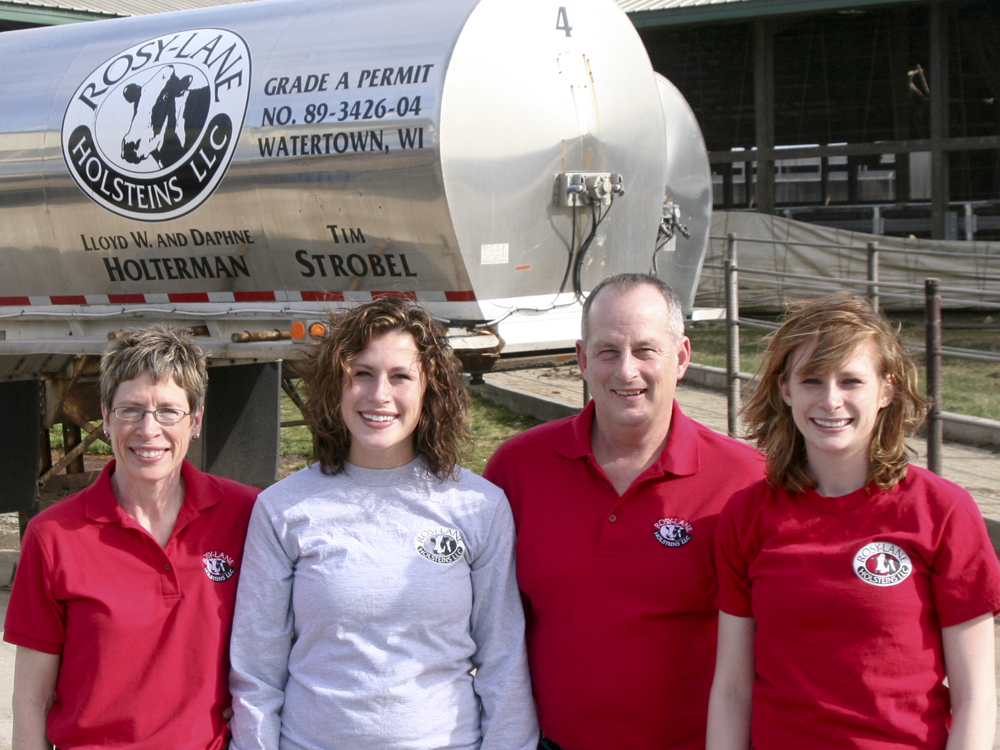
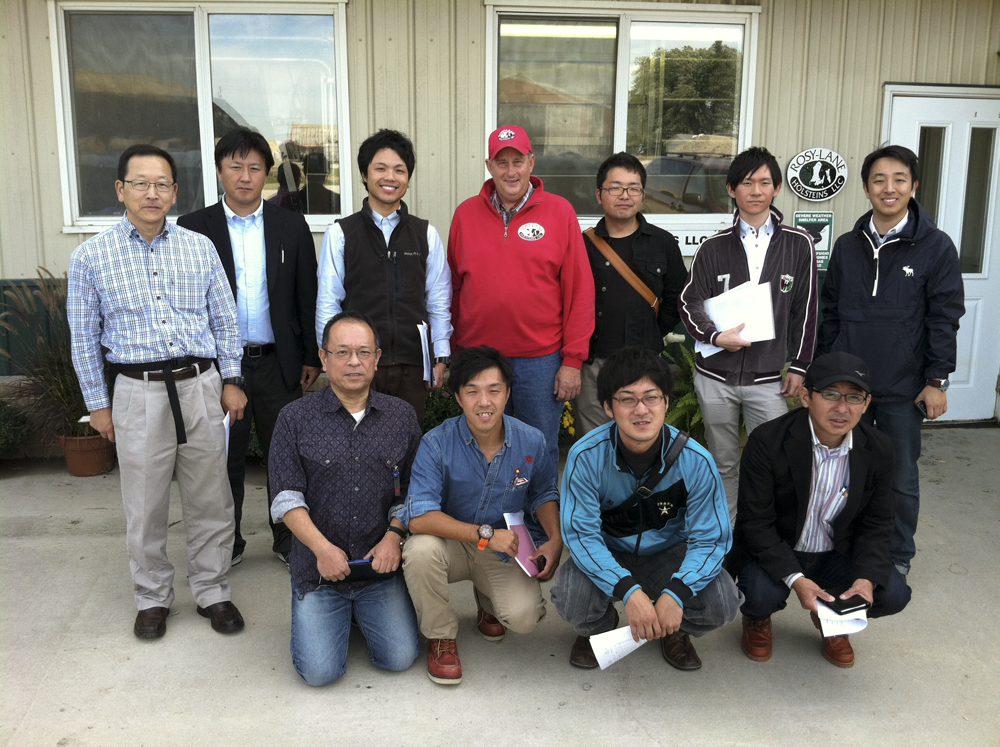
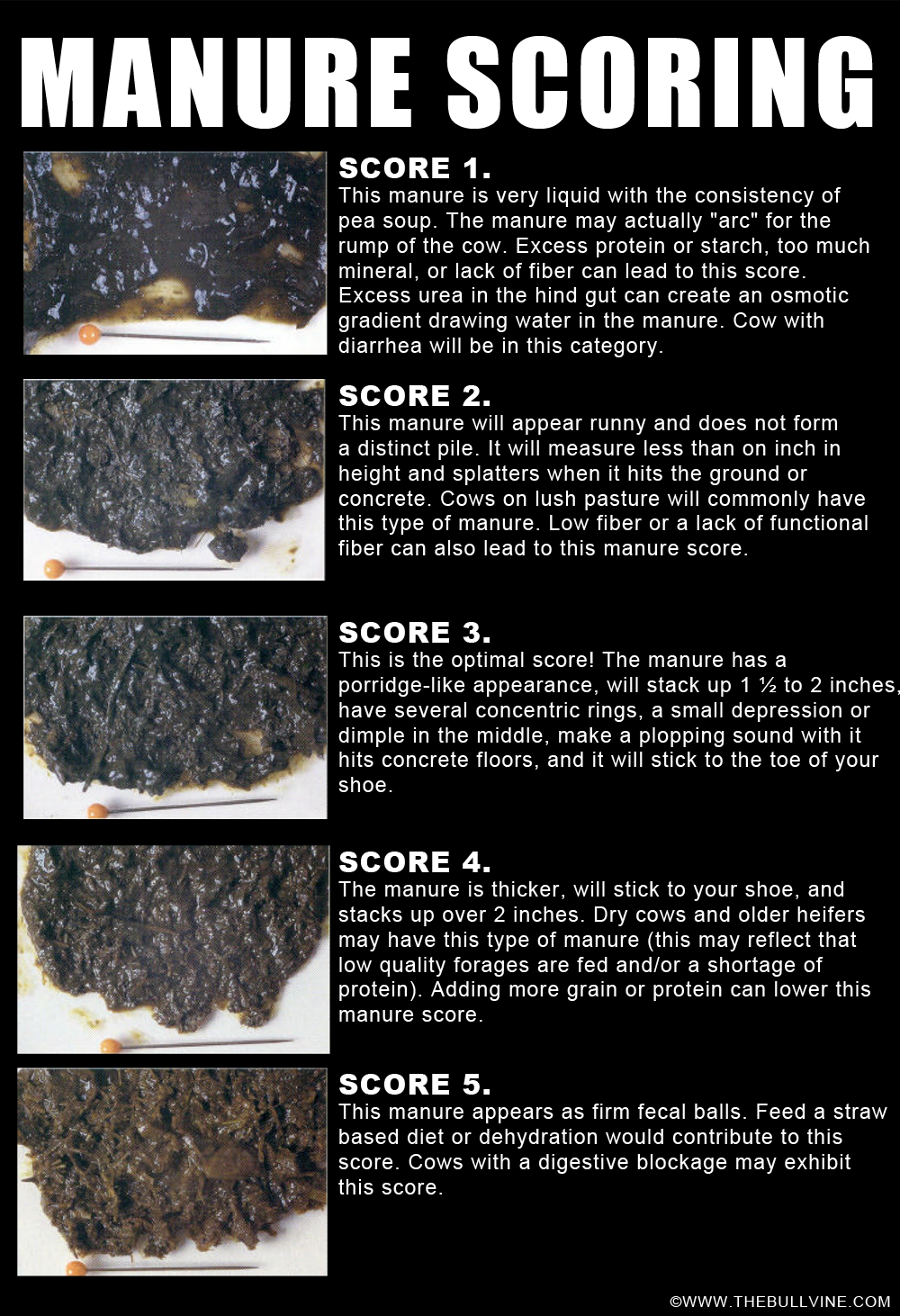
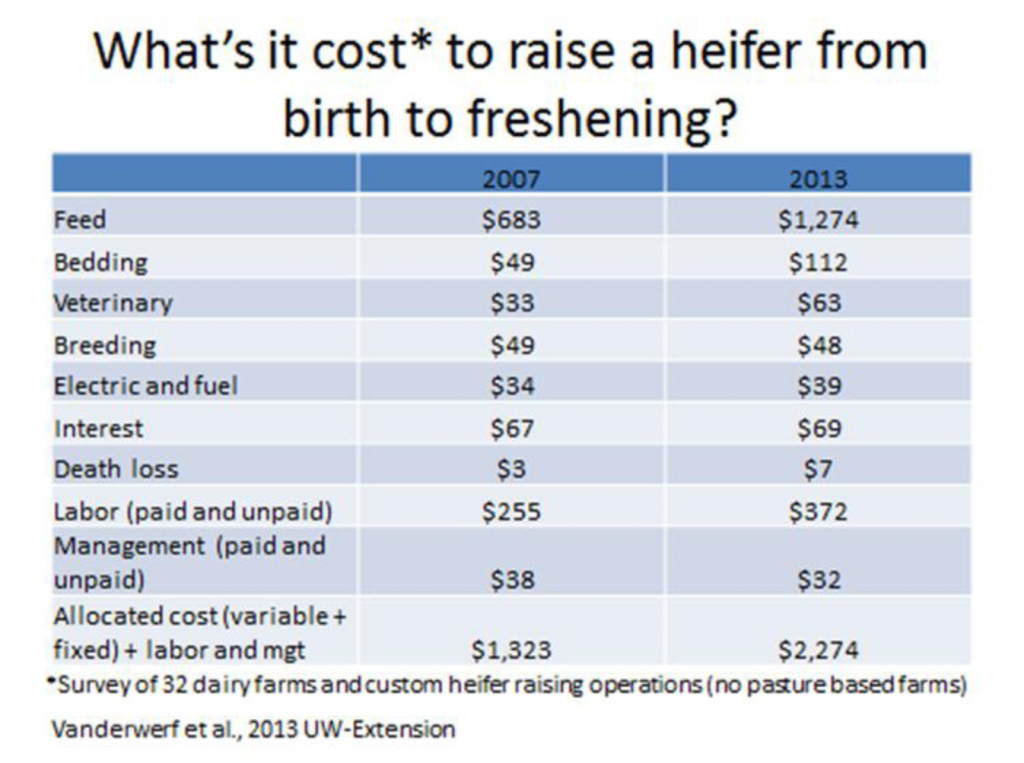
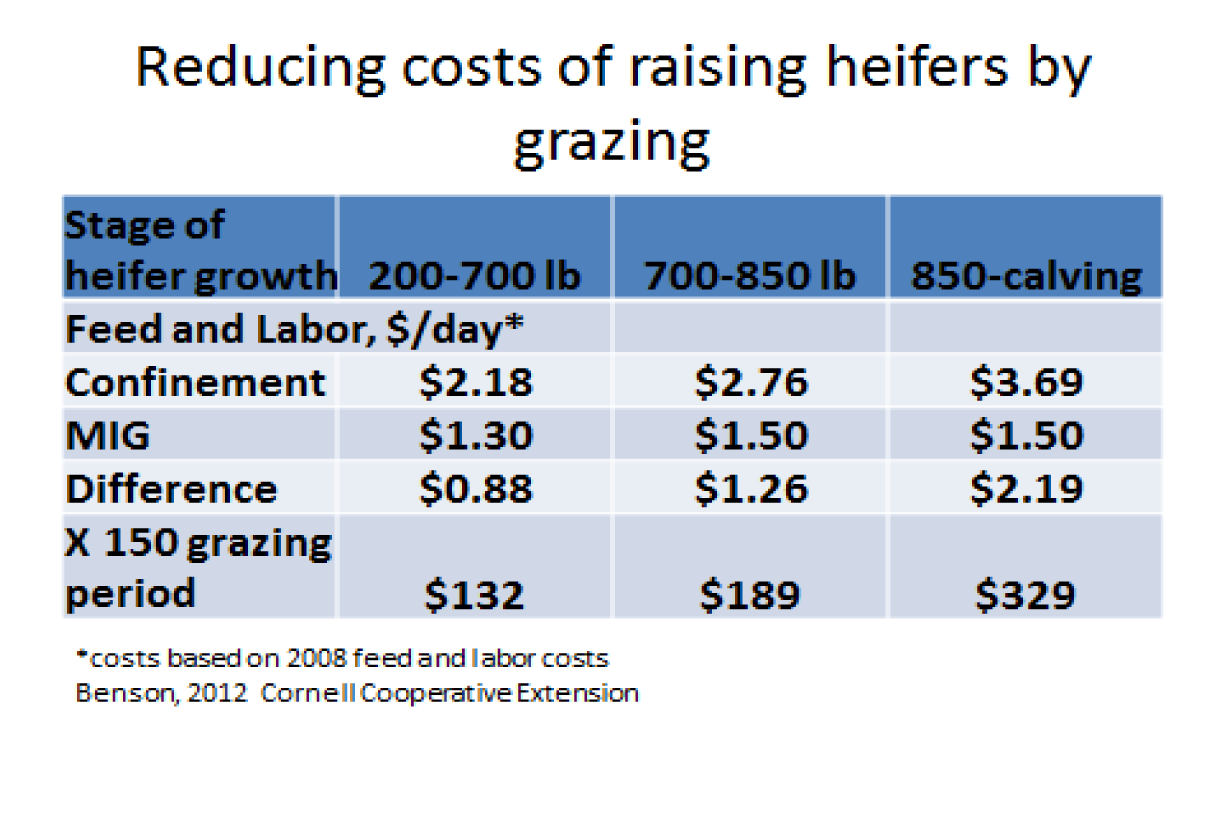
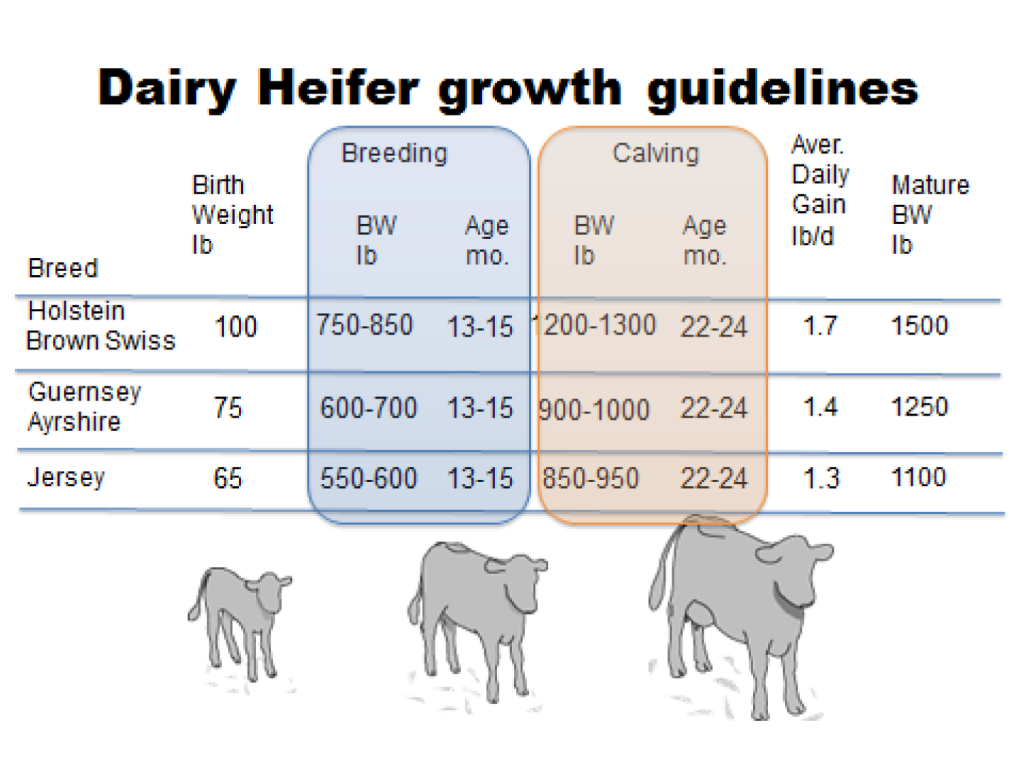
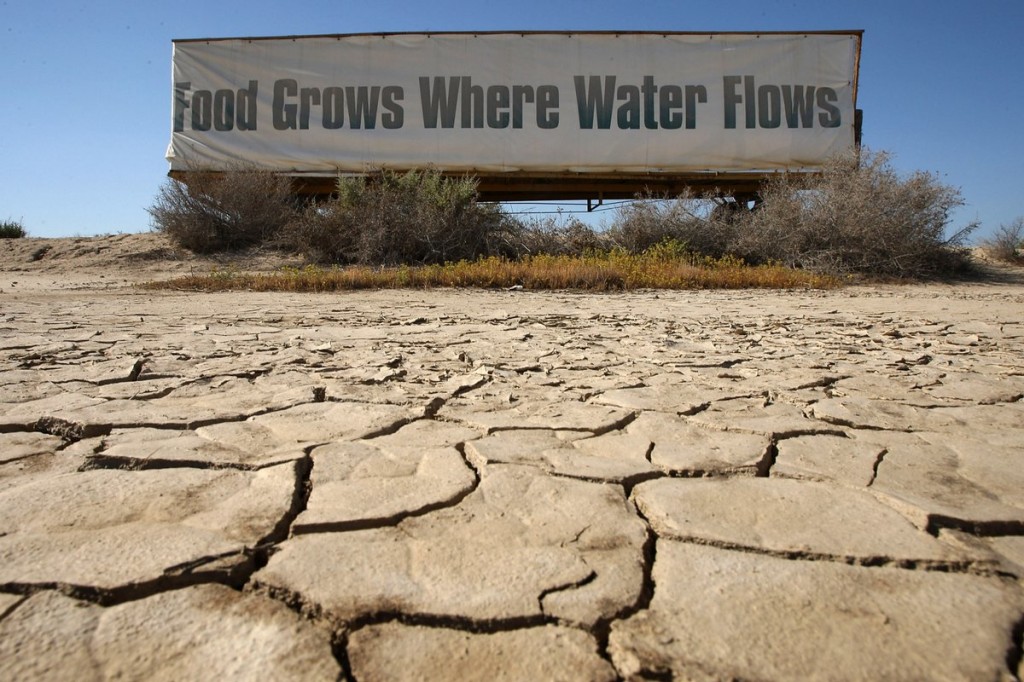
![7733001[1]](https://www.thebullvine.com/wp-content/uploads/2014/05/77330011.jpg)

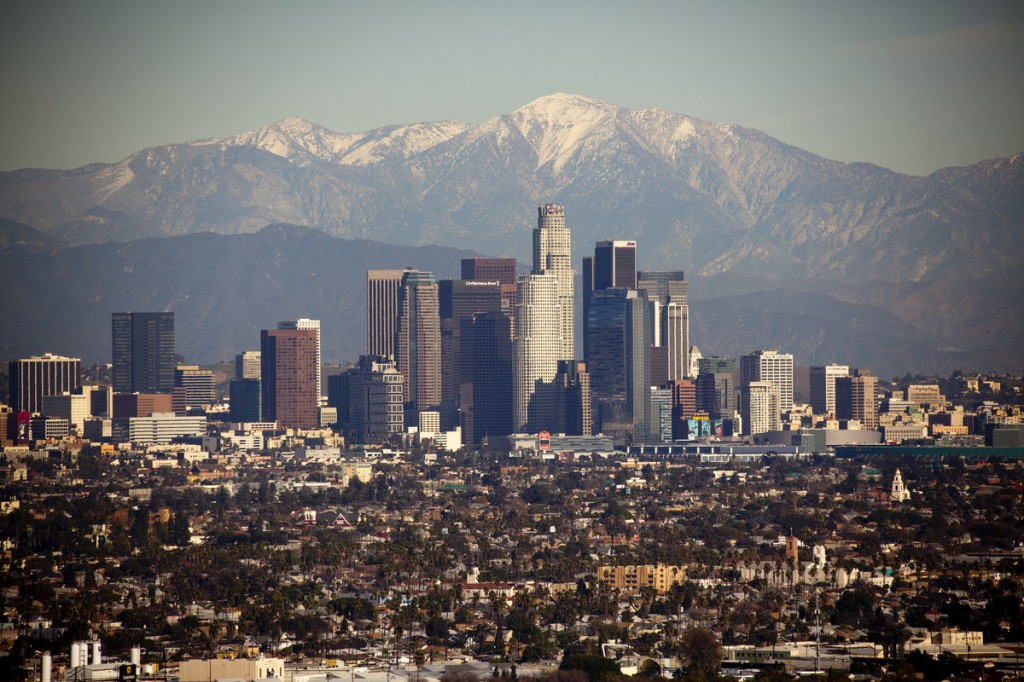


![qs[1]](https://www.thebullvine.com/wp-content/uploads/2014/04/qs1.jpg) There are many facets to the dairy breeding industry that readers of the Bullvine find themselves attracted to. Whether its milk records, breeding awards or showring victories, there is something for everyone to get passionate about. Quim Serrabassa, from Spain, was introduced to cattle early in his life and didn`t ever narrow the field. For him three dairy passions are better than one.
There are many facets to the dairy breeding industry that readers of the Bullvine find themselves attracted to. Whether its milk records, breeding awards or showring victories, there is something for everyone to get passionate about. Quim Serrabassa, from Spain, was introduced to cattle early in his life and didn`t ever narrow the field. For him three dairy passions are better than one.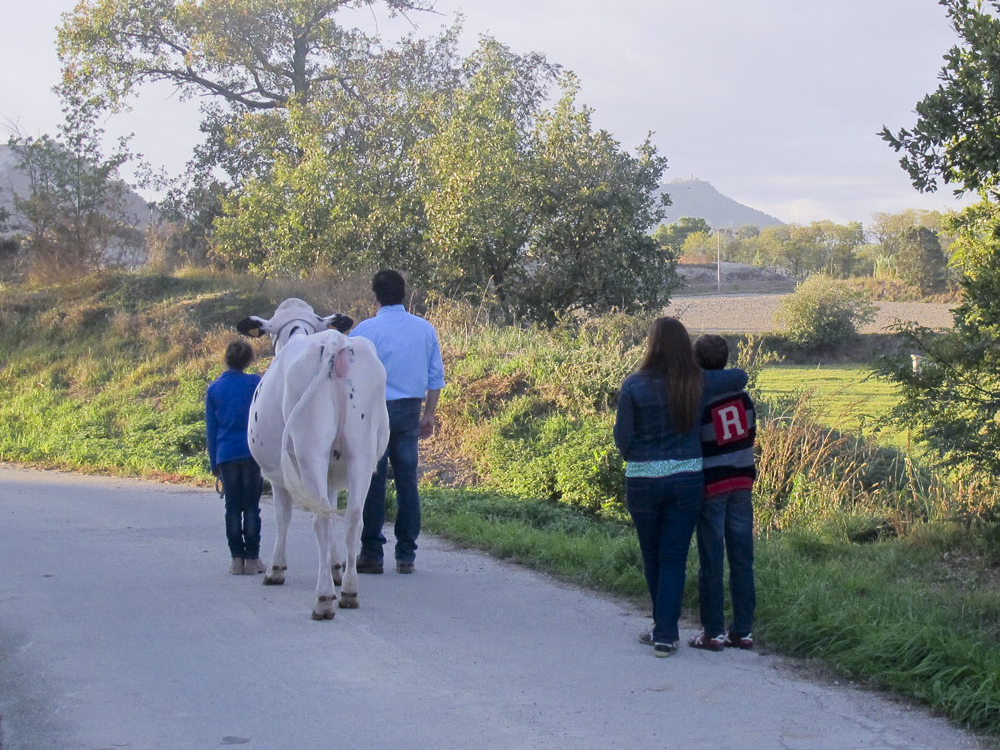
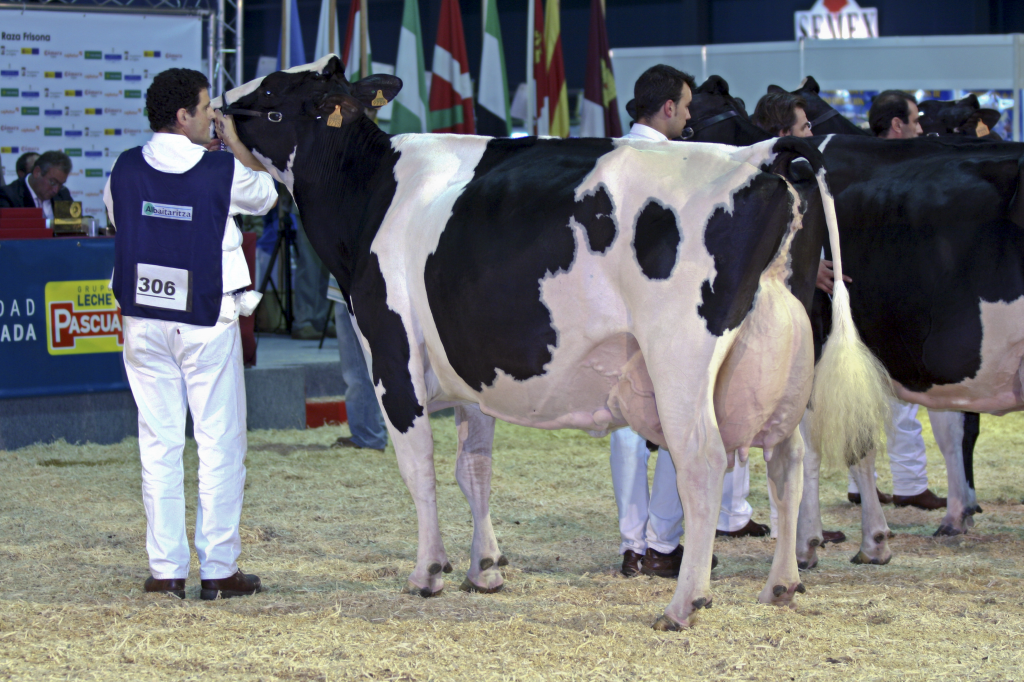
![31578_1422821484608182_1599892698_n[1]](https://www.thebullvine.com/wp-content/uploads/2014/04/31578_1422821484608182_1599892698_n1.jpg)

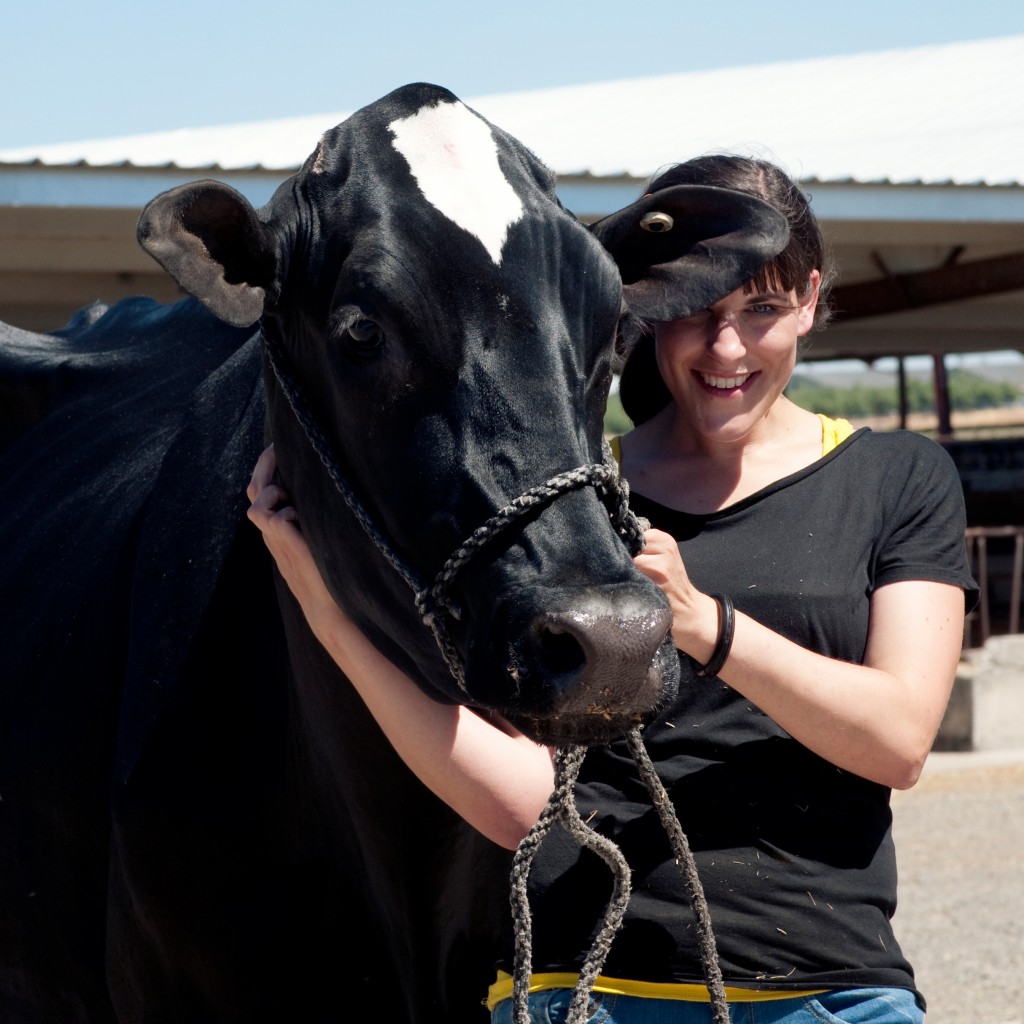
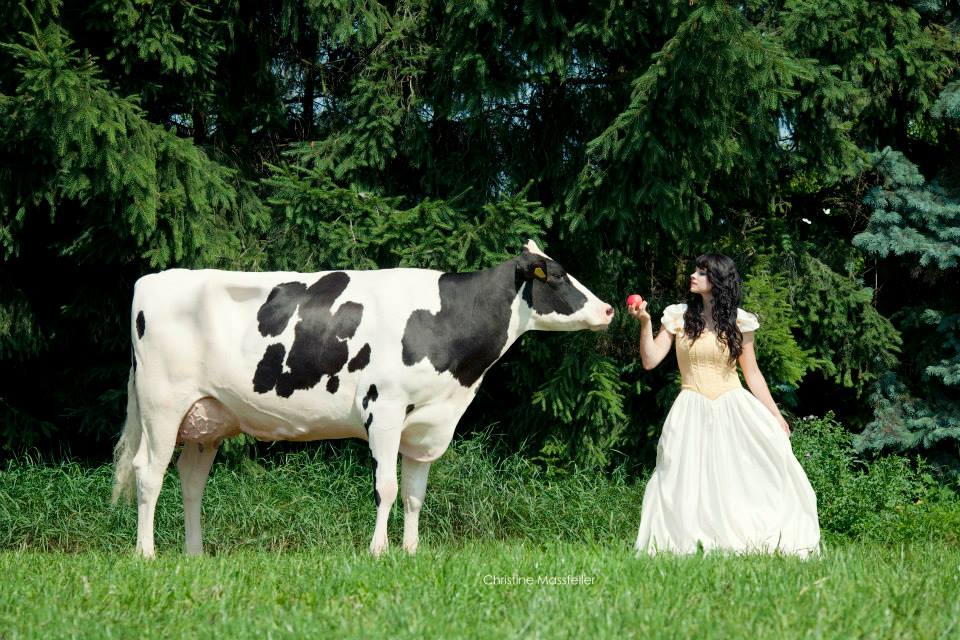
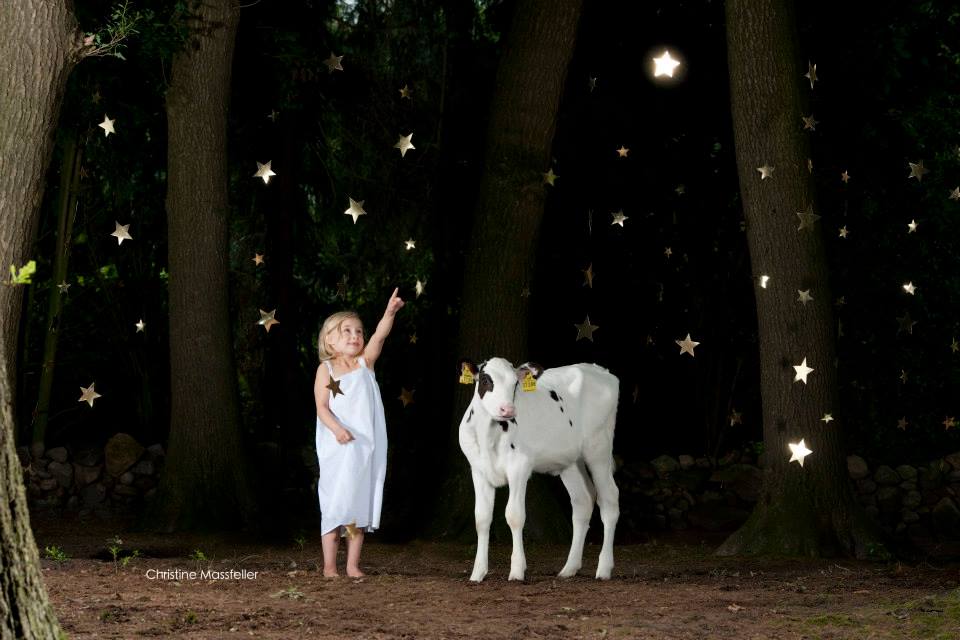
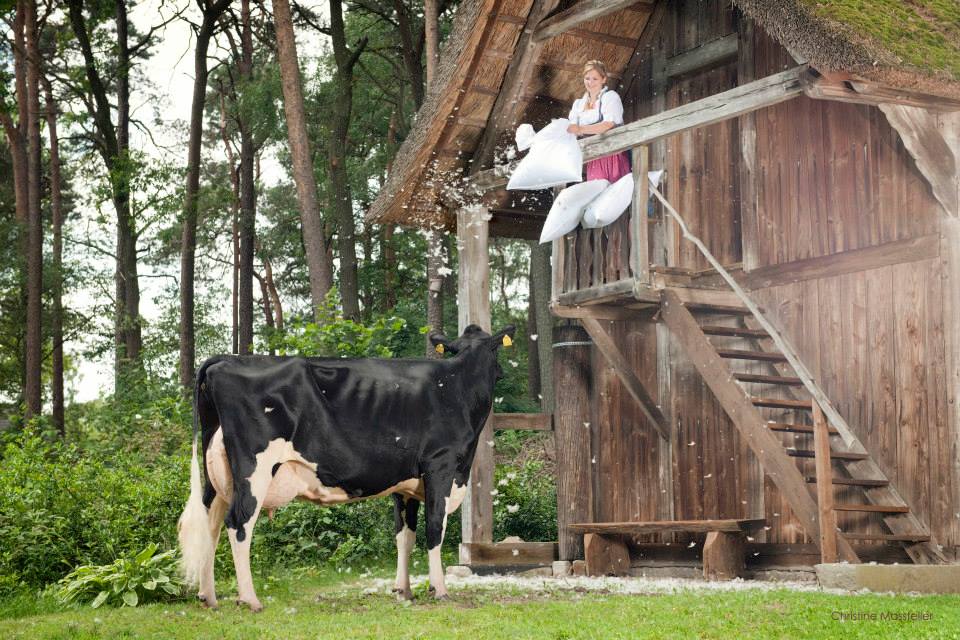




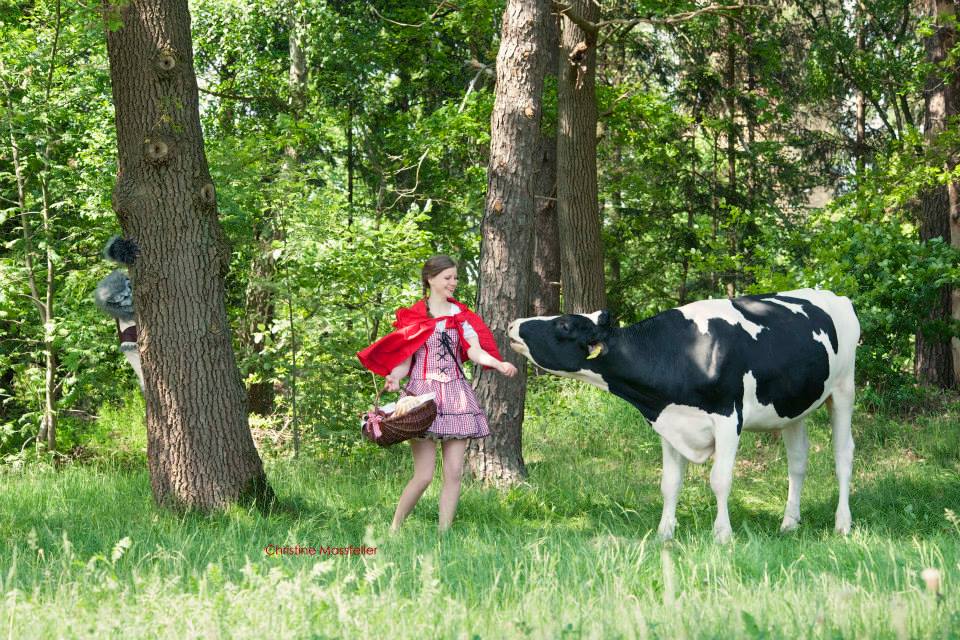




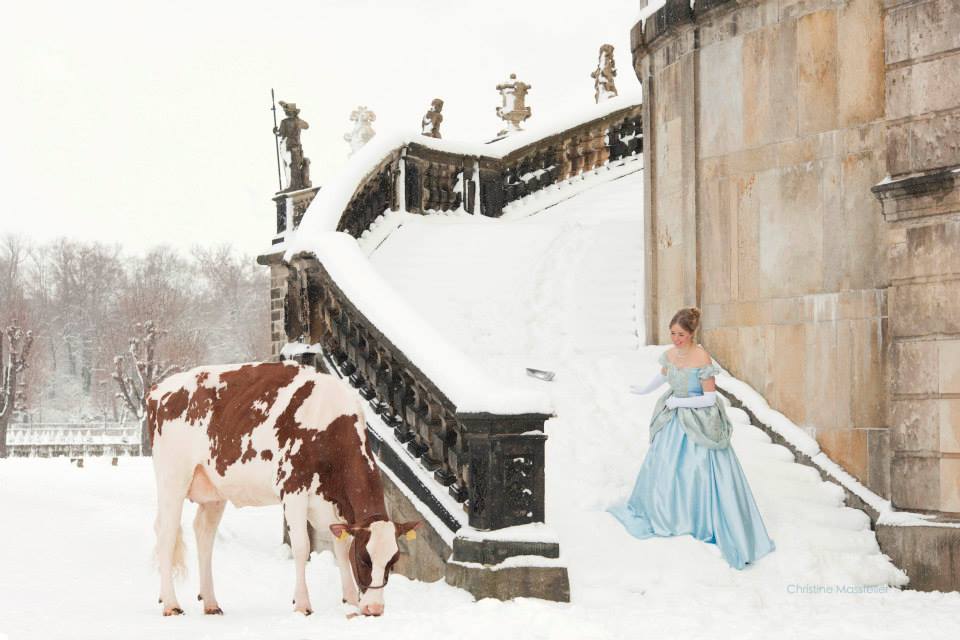
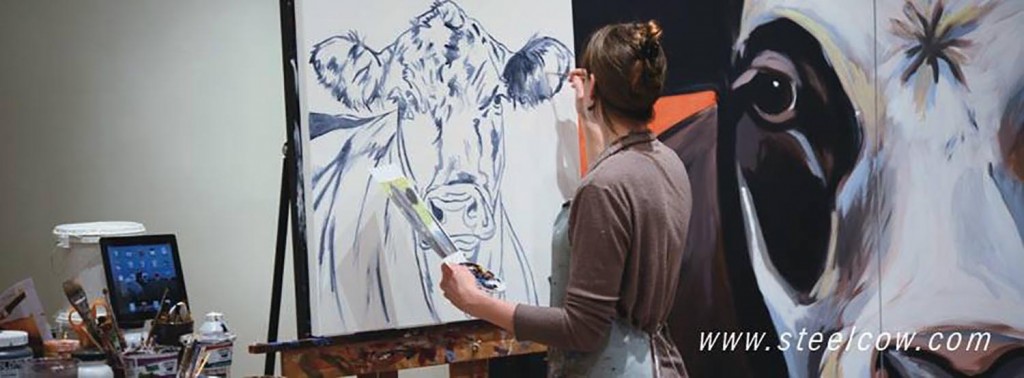
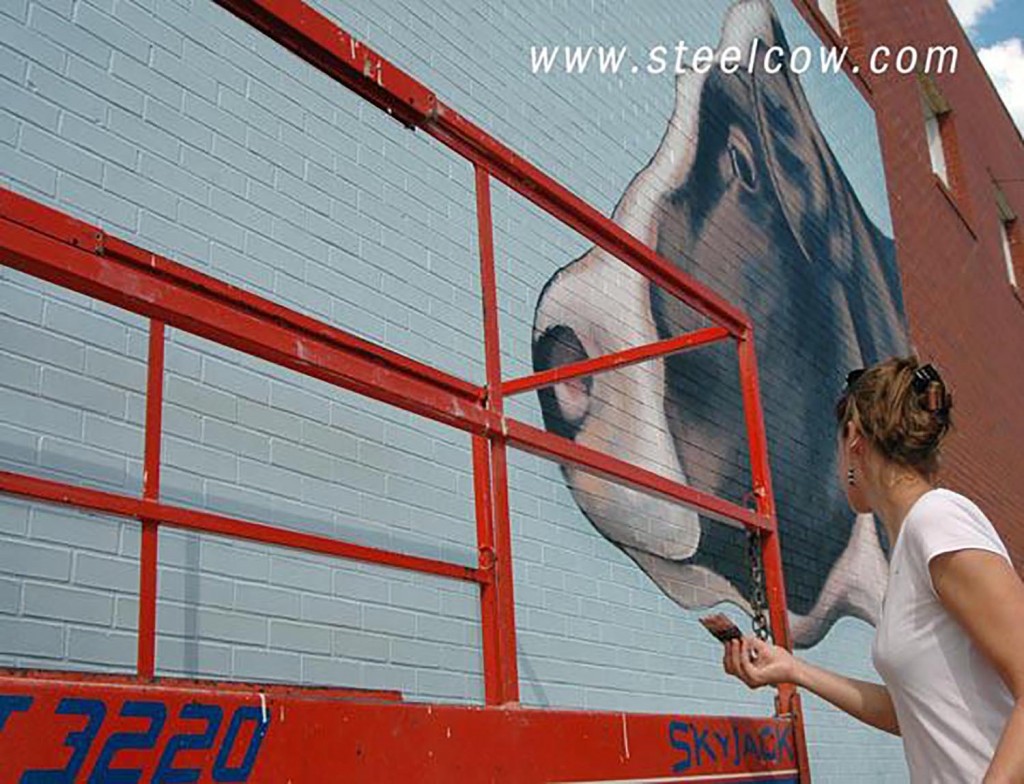
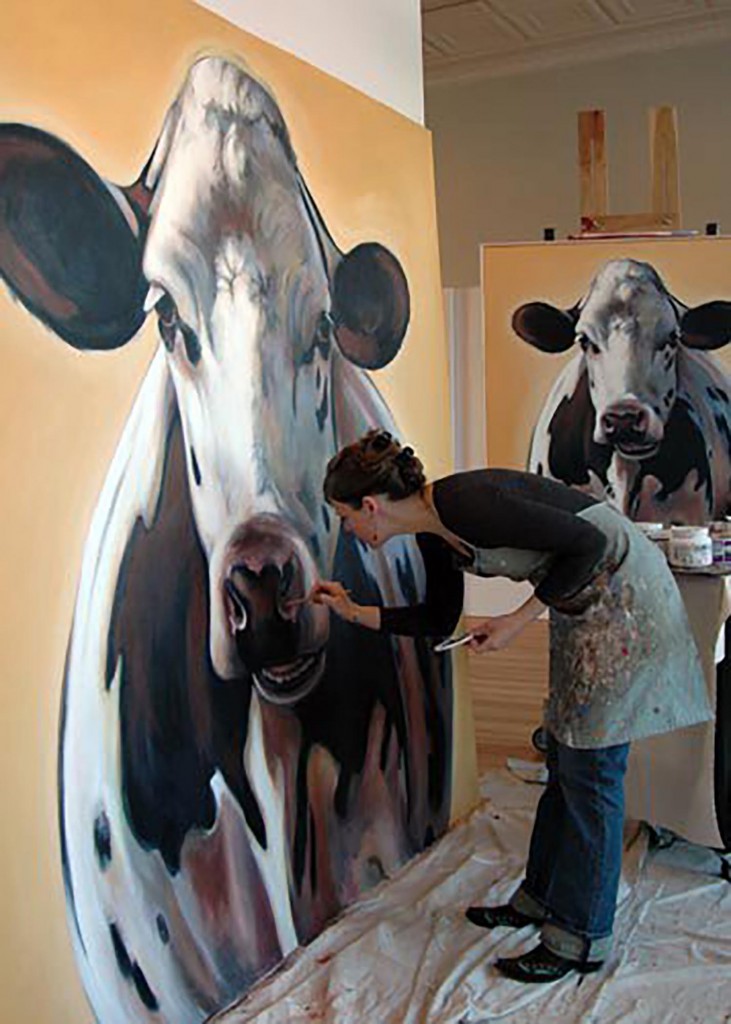
![1658533_10152093951009232_1349053411_o[1]](https://www.thebullvine.com/wp-content/uploads/2014/03/1658533_10152093951009232_1349053411_o1-1024x536.jpg)
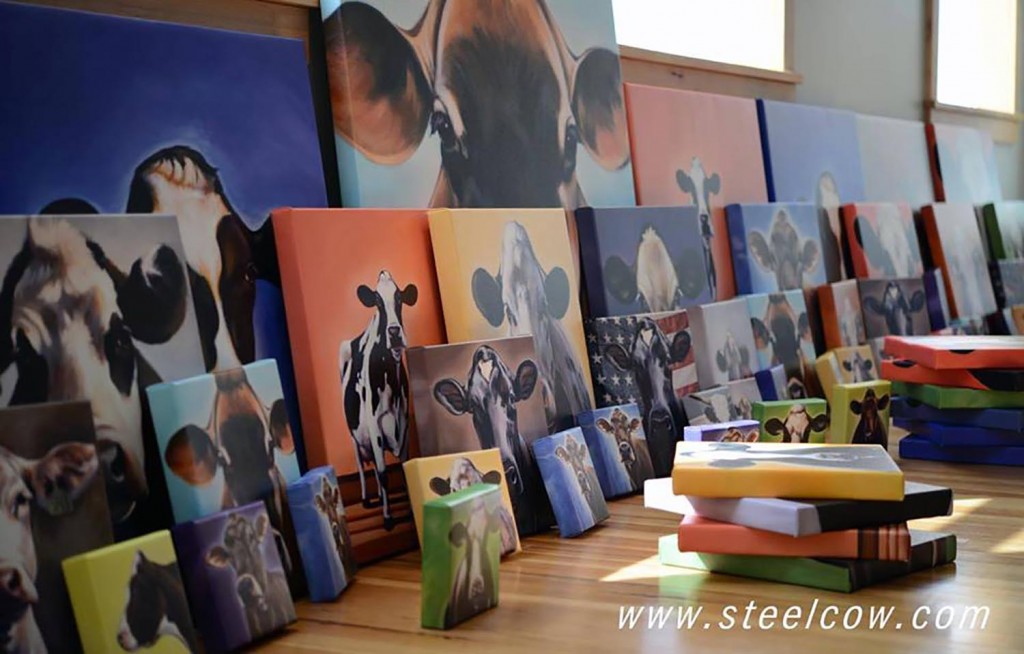
![1962846_10152118235424232_1347842388_n[1]](https://www.thebullvine.com/wp-content/uploads/2014/03/1962846_10152118235424232_1347842388_n1.jpg) Out of the Barn and Into the Gallery
Out of the Barn and Into the Gallery![1797347_10152101531354232_270432191_n[1]](https://www.thebullvine.com/wp-content/uploads/2014/03/1797347_10152101531354232_270432191_n1.jpg)
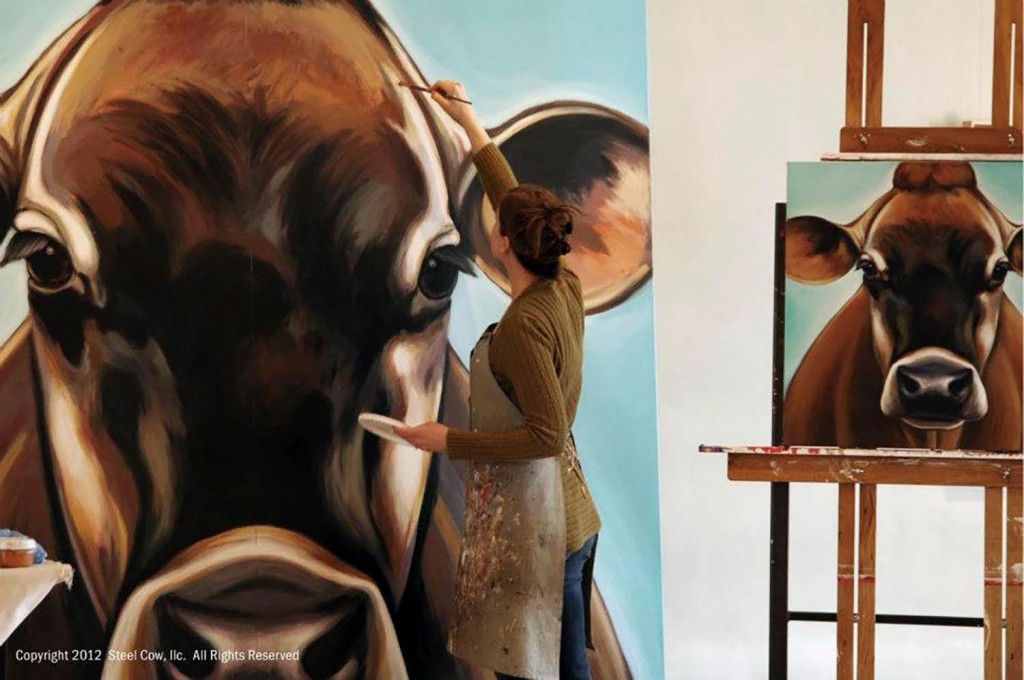
![1014793_10151559776059232_1406254681_o[1]](https://www.thebullvine.com/wp-content/uploads/2014/03/1014793_10151559776059232_1406254681_o1-1024x611.jpg)
![56250[1]](https://www.thebullvine.com/wp-content/uploads/2014/03/562501.jpg) It’s hard to imagine what path you would take as a dairy breeder if you were facing the loss of your entire herd. Anton Ender faced that decision in 1981 when his whole herd of elite Brown Swiss cows had to be slaughtered due to disease. For him the next step was to move forward with Holstein cows. Anton’s son Thomas Ender explains the decision simply. “He chose Holsteins because of their willingness to produce.” Today
It’s hard to imagine what path you would take as a dairy breeder if you were facing the loss of your entire herd. Anton Ender faced that decision in 1981 when his whole herd of elite Brown Swiss cows had to be slaughtered due to disease. For him the next step was to move forward with Holstein cows. Anton’s son Thomas Ender explains the decision simply. “He chose Holsteins because of their willingness to produce.” Today 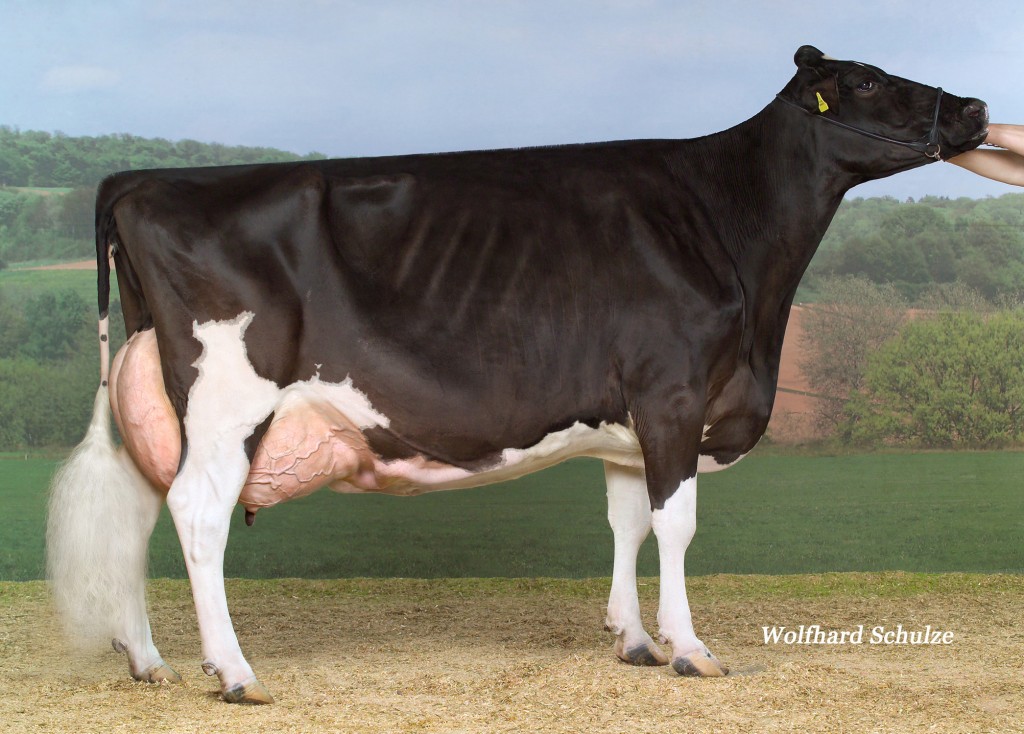
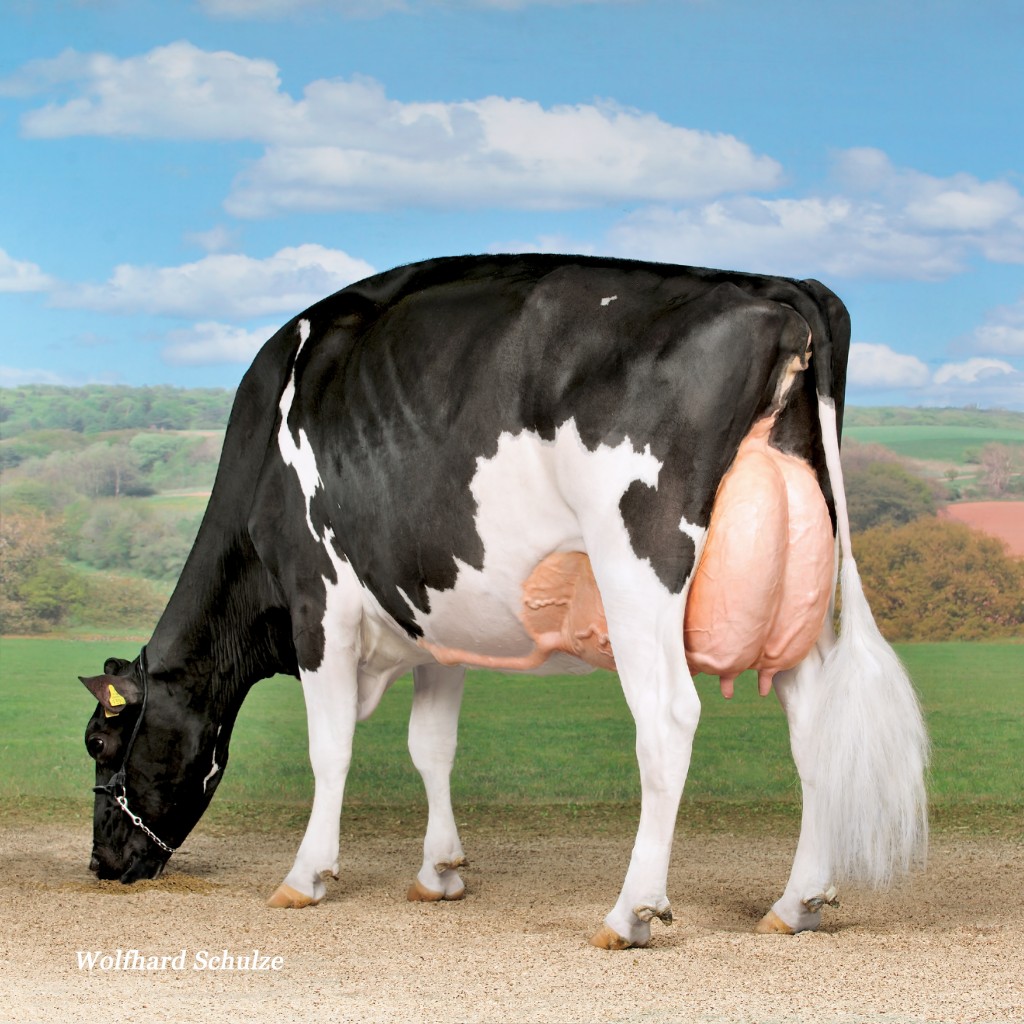
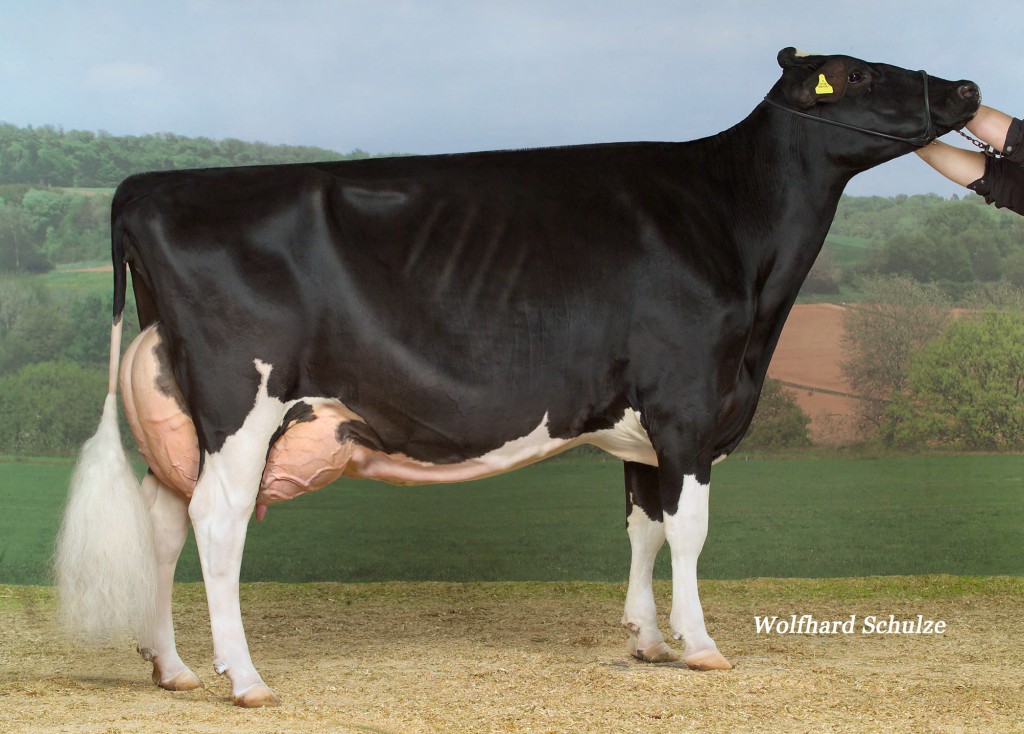
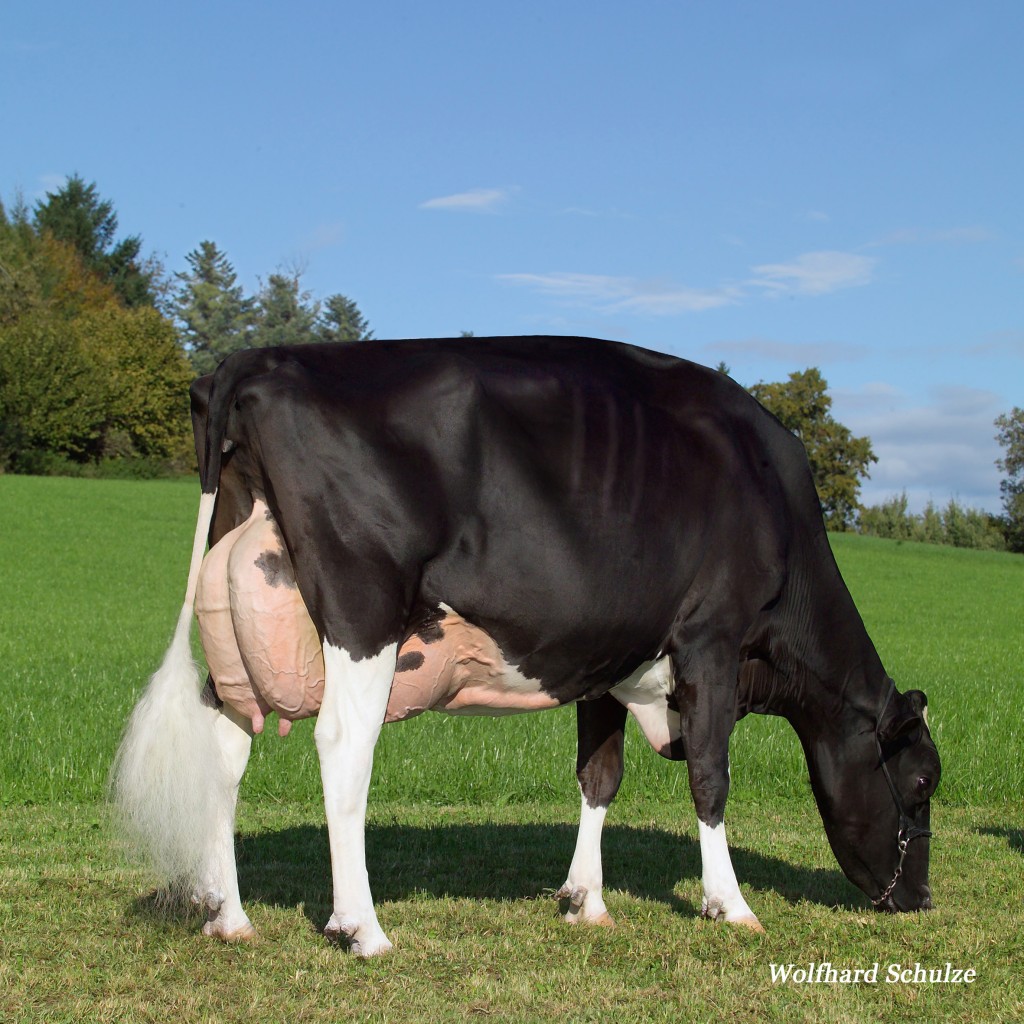
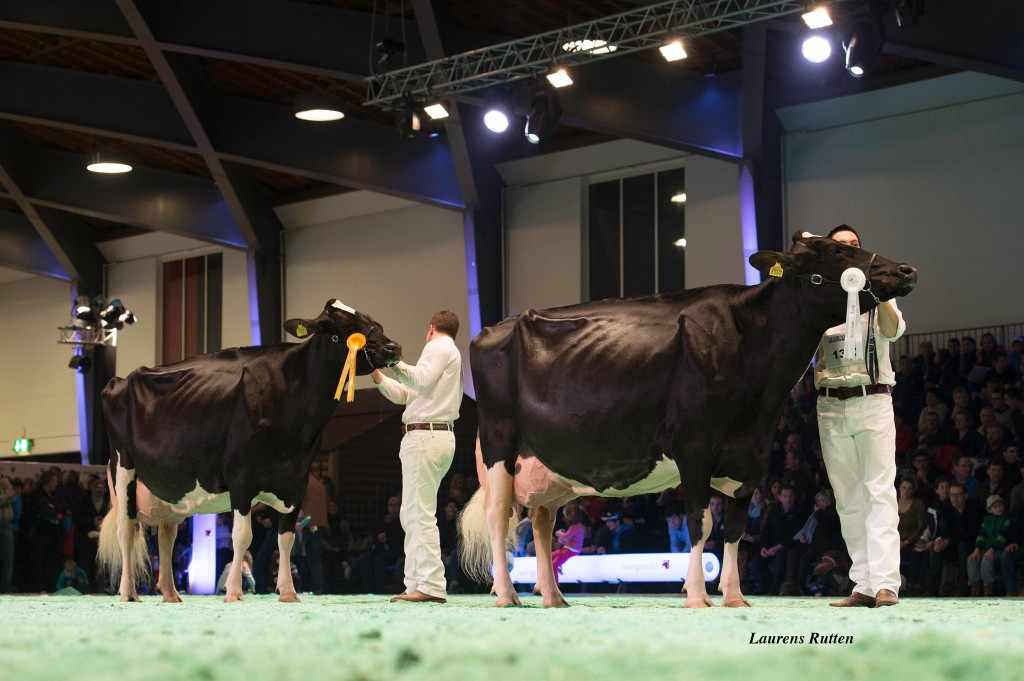
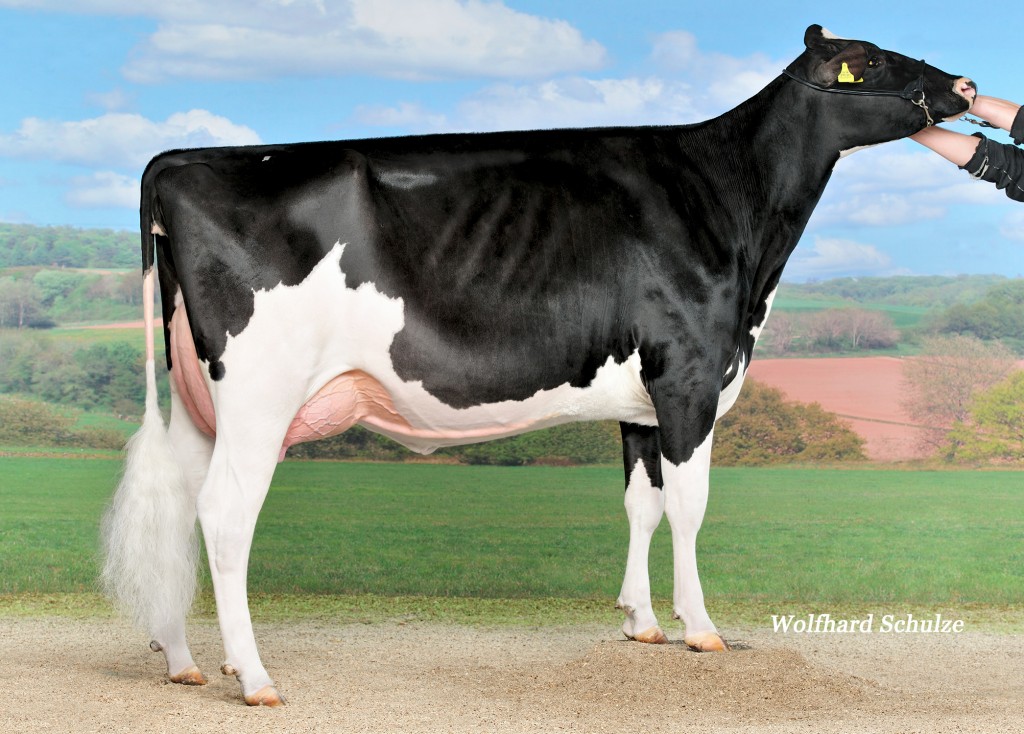
![keep_kids_away_warning[1]](https://www.thebullvine.com/wp-content/uploads/2014/03/keep_kids_away_warning1-300x219.jpg) When we go to amusement parks, we expect to be scared out of our minds as we screw up our courage to ride on the roller coasters. The blood curdling screams stick with us long after we return with our little ones to the safety of the family farm. However, those very children are statistically more likely to be killed on the farm than at the amusement park. The worst part of this statistic is that we seem to be oblivious to the very real danger presented by the equipment we have driven and shared rides on for generations.
When we go to amusement parks, we expect to be scared out of our minds as we screw up our courage to ride on the roller coasters. The blood curdling screams stick with us long after we return with our little ones to the safety of the family farm. However, those very children are statistically more likely to be killed on the farm than at the amusement park. The worst part of this statistic is that we seem to be oblivious to the very real danger presented by the equipment we have driven and shared rides on for generations.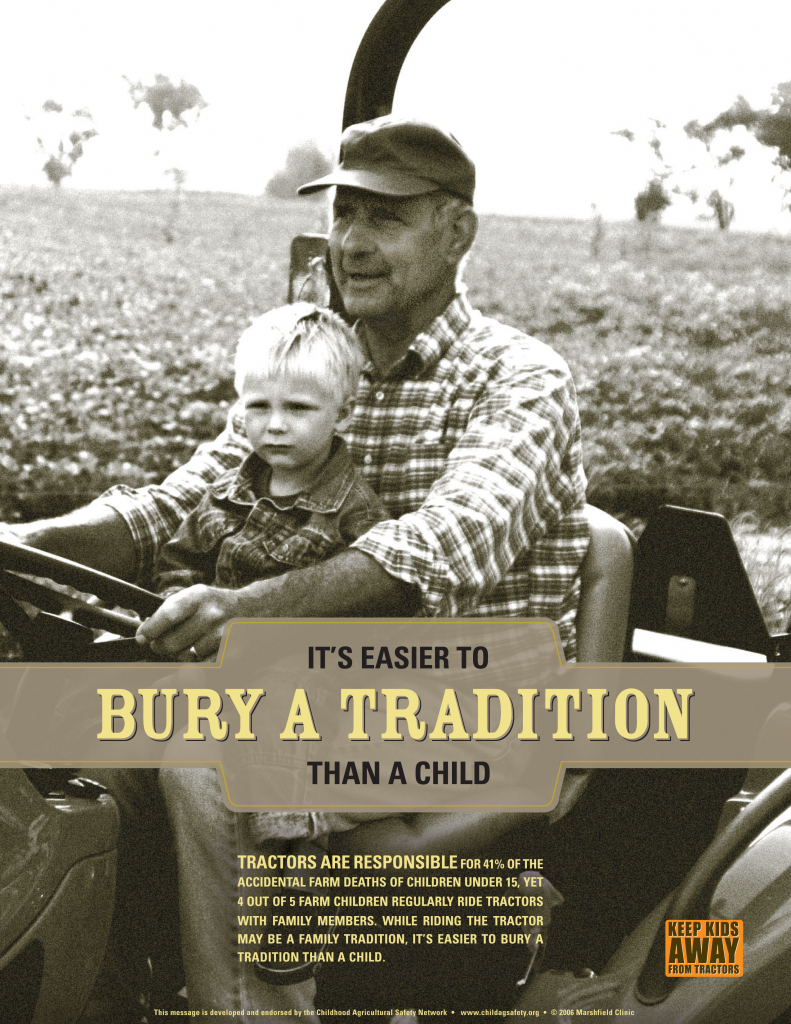
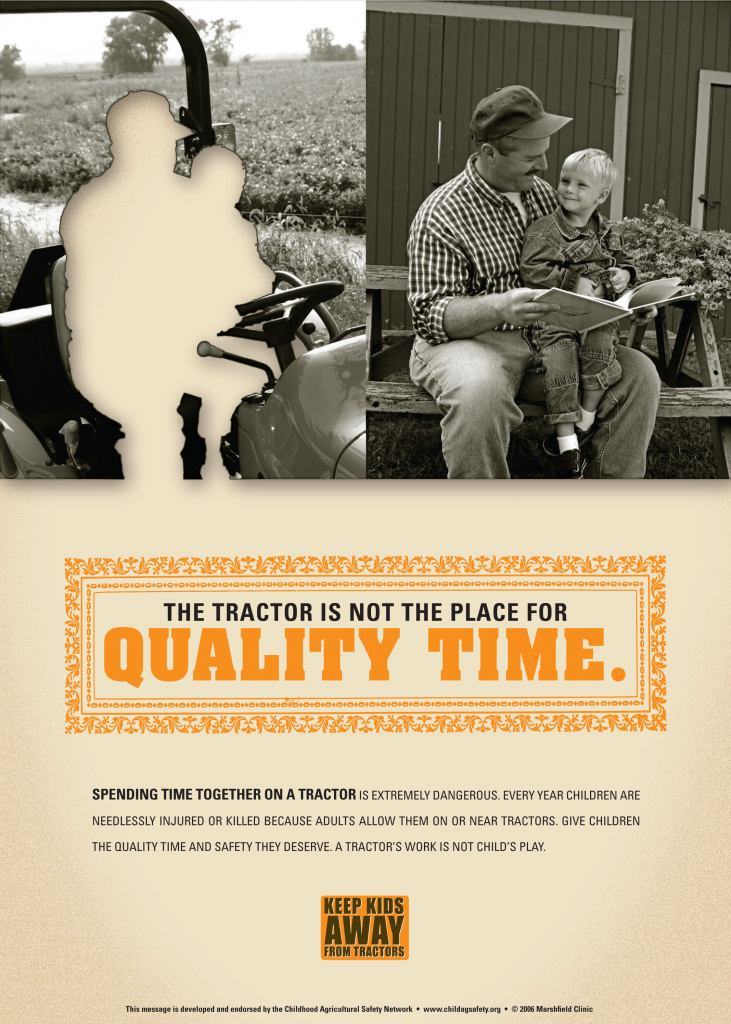
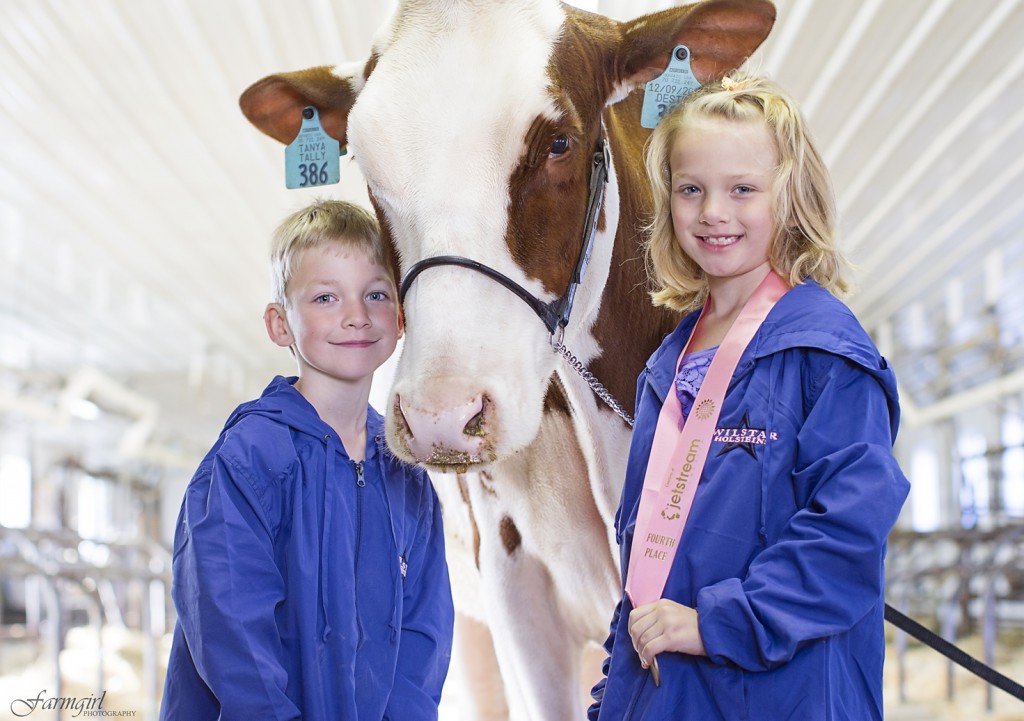
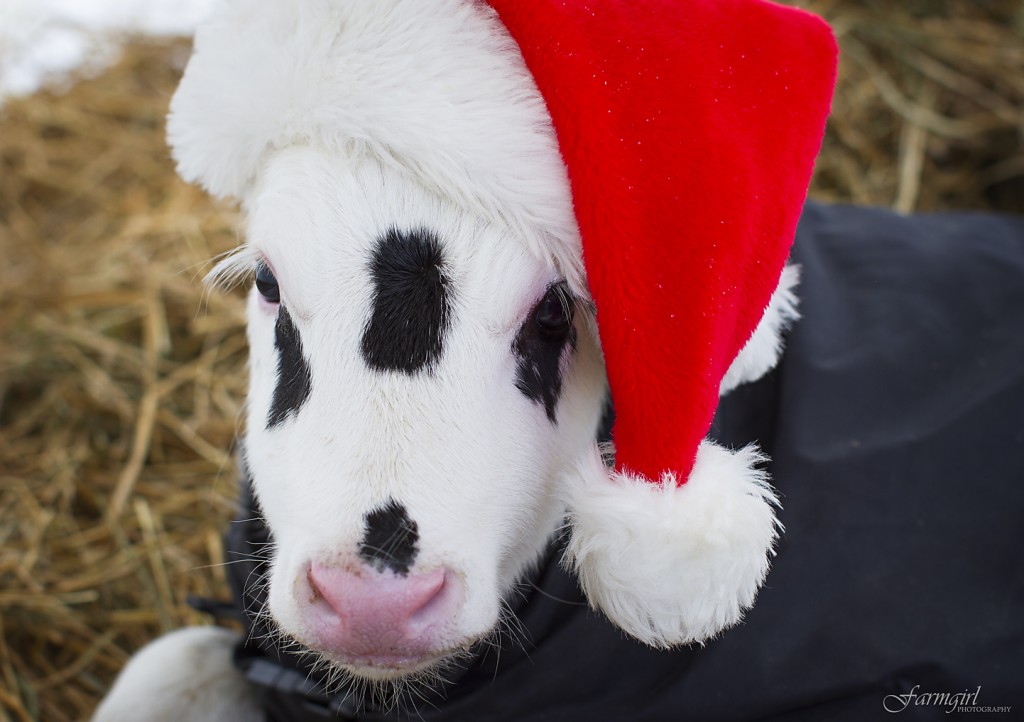
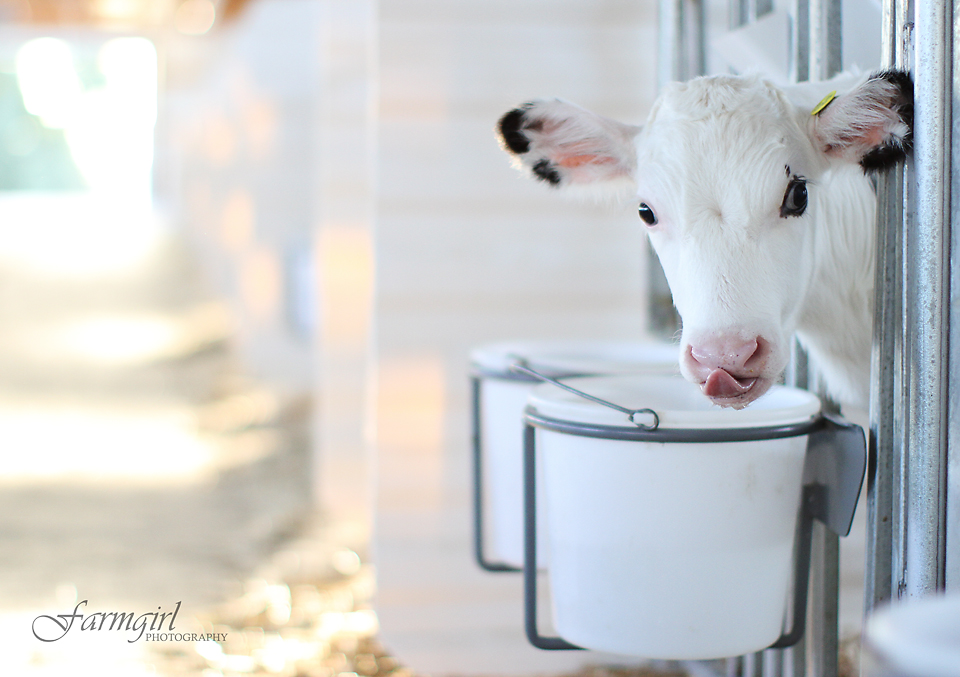
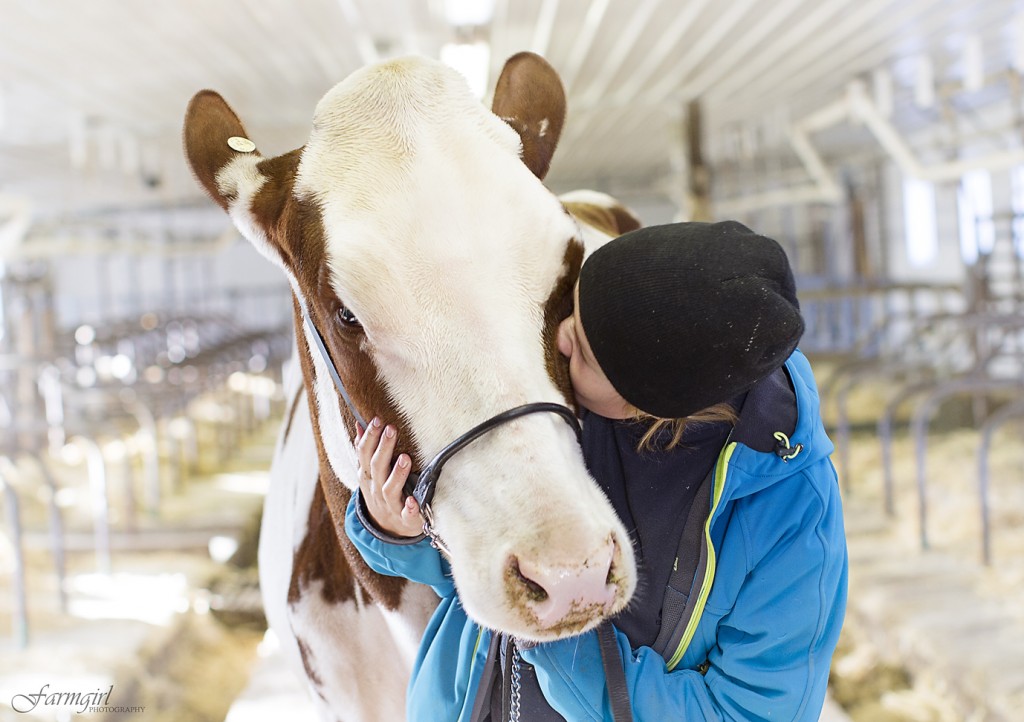
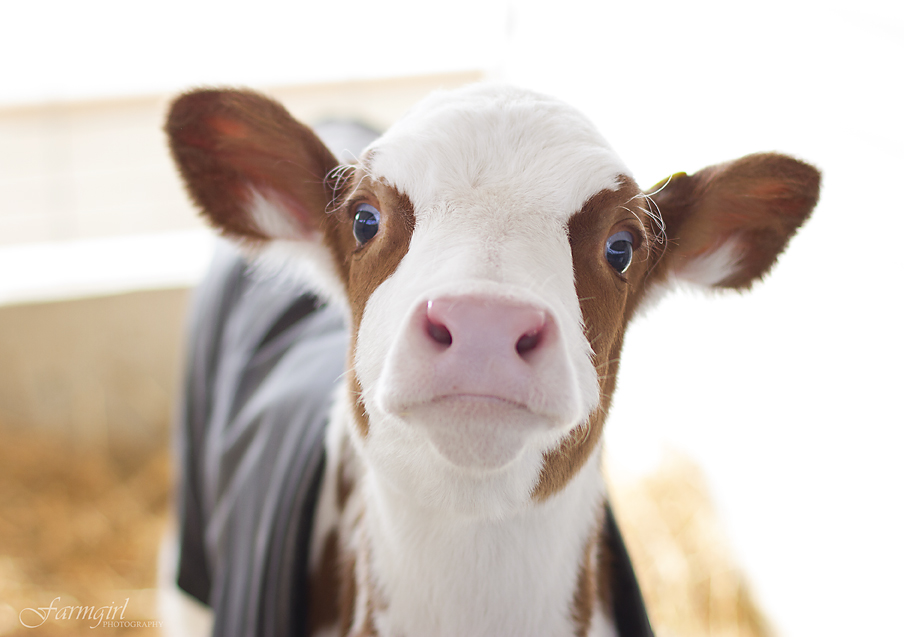
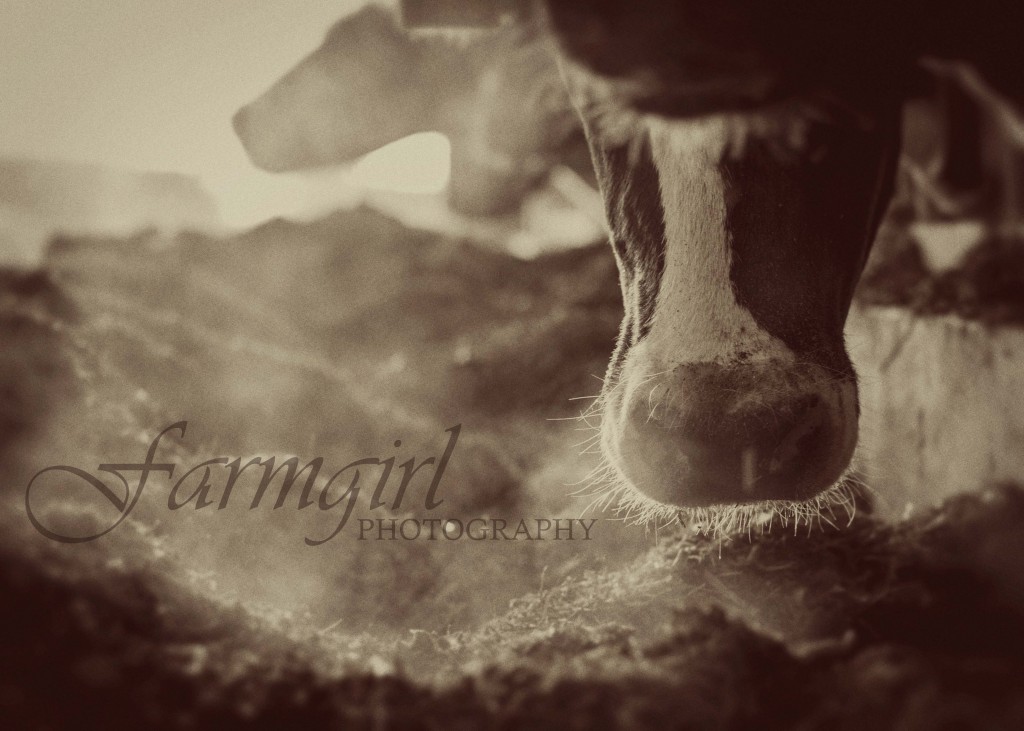
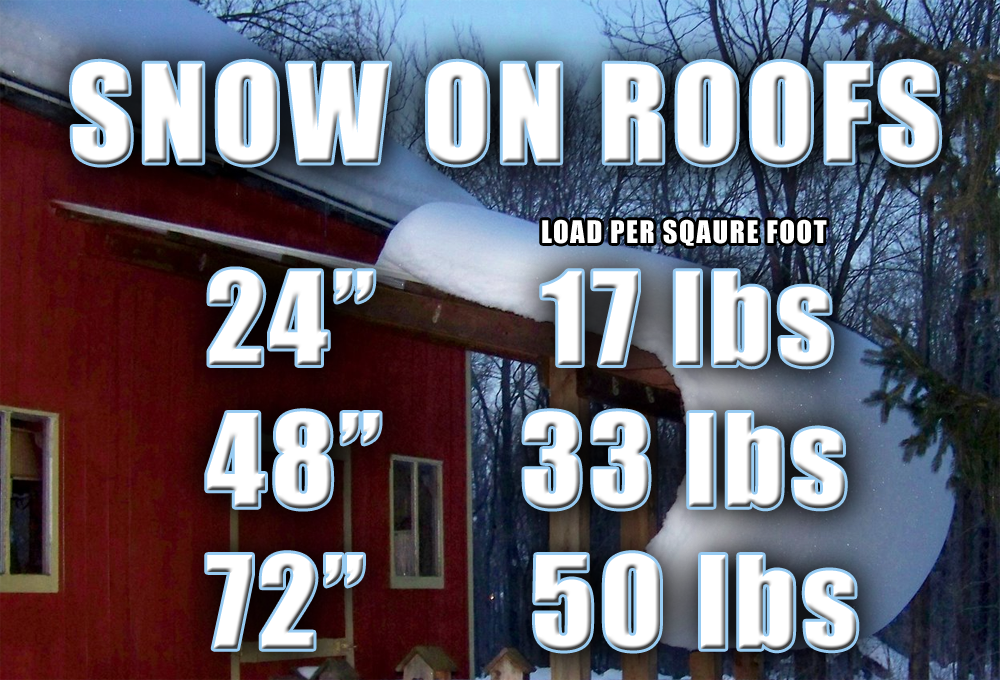
 Birds of a Feather are Flying Off with Your Profits!
Birds of a Feather are Flying Off with Your Profits!![483489_373221862768803_451092309_n[1]](https://www.thebullvine.com/wp-content/uploads/2014/02/483489_373221862768803_451092309_n1-300x107.jpg)


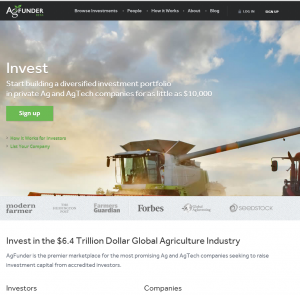
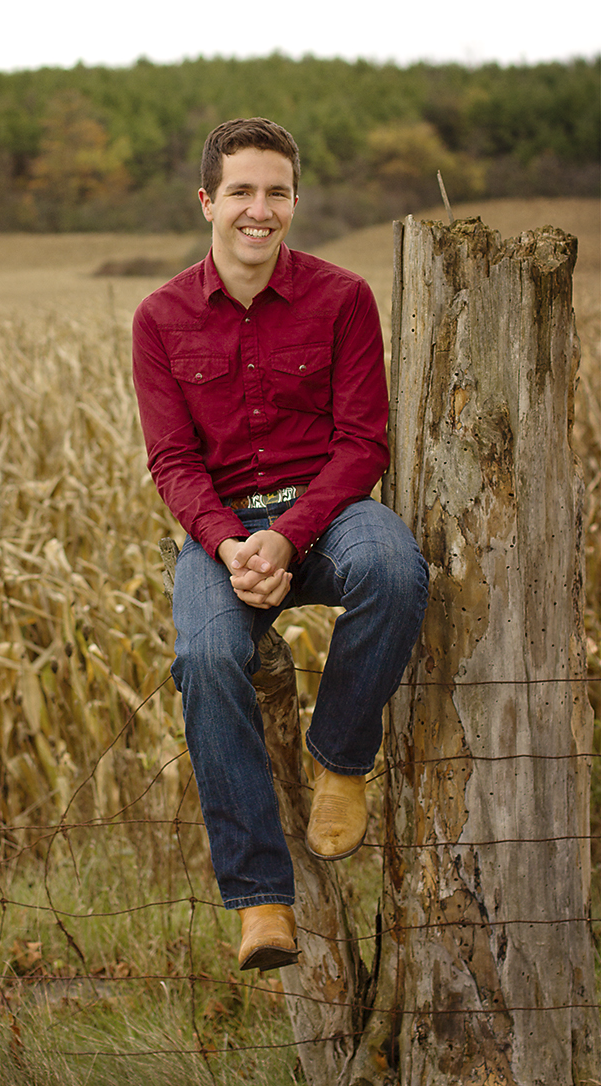 Just recently I was reading an article that made this point about videos. “Video is becoming a powerful part of modern business—if you’re not using it, you’re missing out on endless opportunities.” A few years ago this statement might have been considered a far out concept, especially for the agricultural industry, but today companies like
Just recently I was reading an article that made this point about videos. “Video is becoming a powerful part of modern business—if you’re not using it, you’re missing out on endless opportunities.” A few years ago this statement might have been considered a far out concept, especially for the agricultural industry, but today companies like 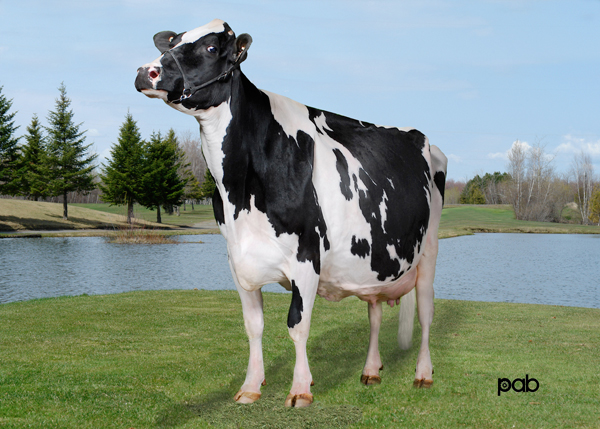
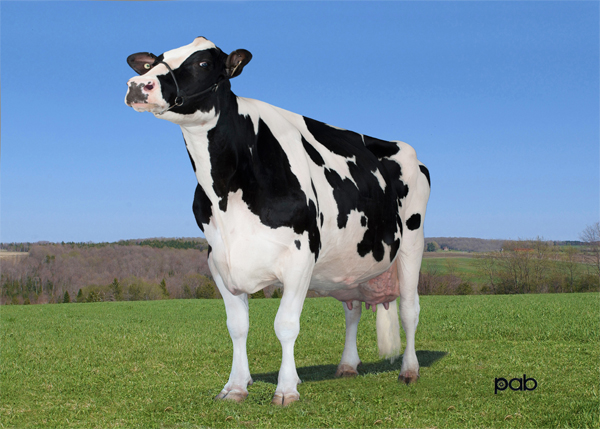

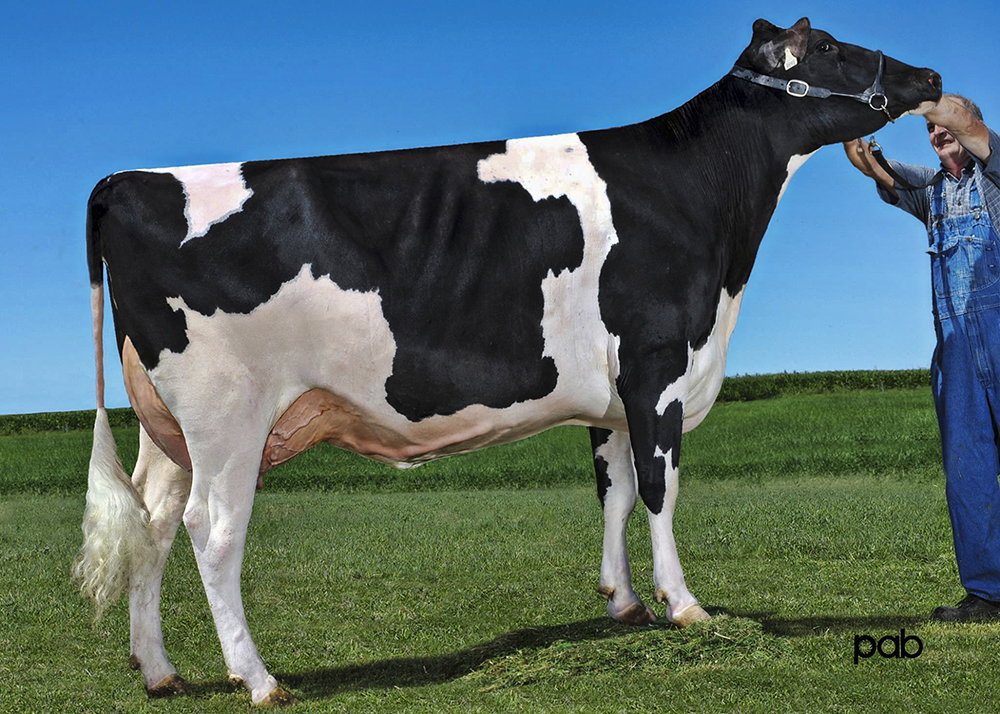
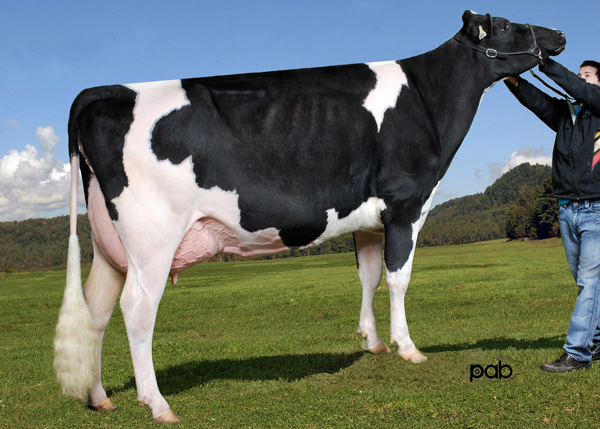
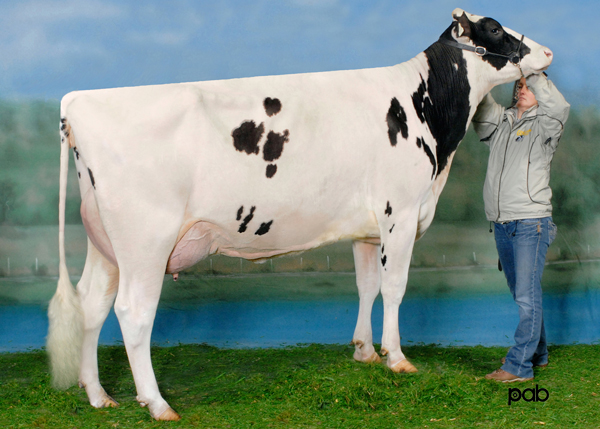
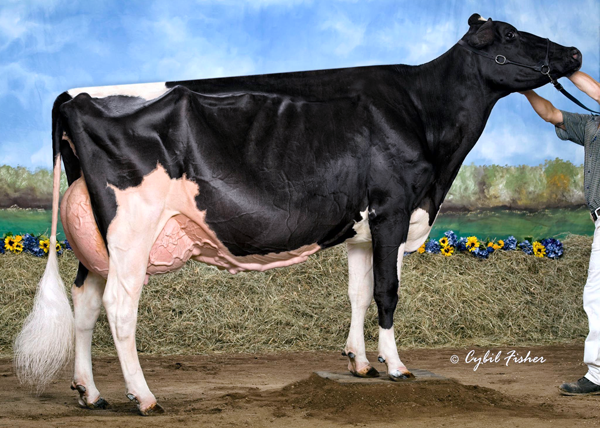
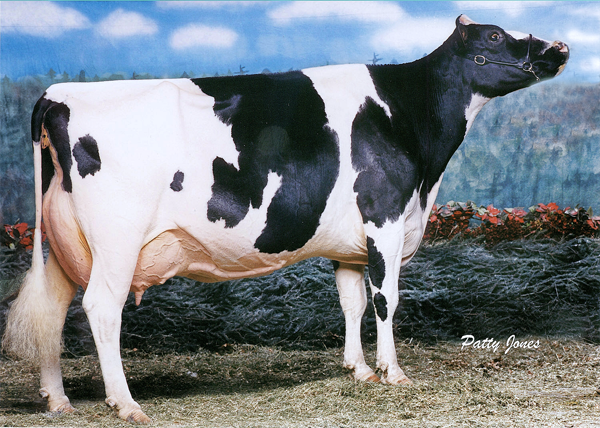
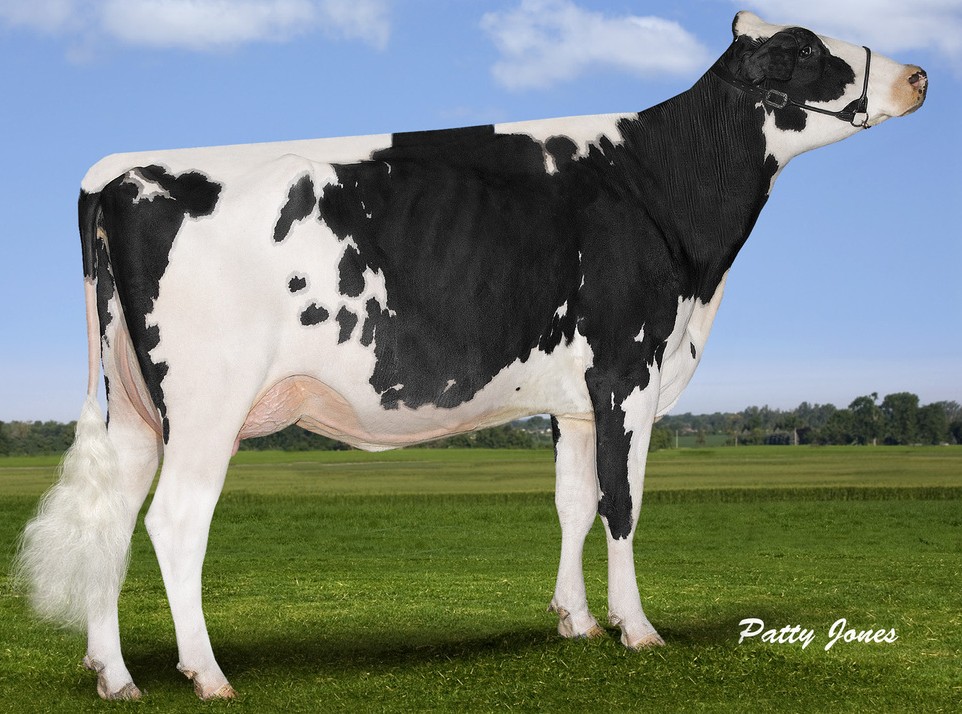
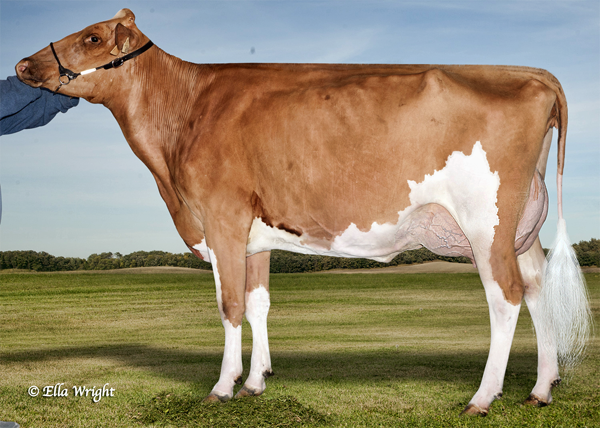

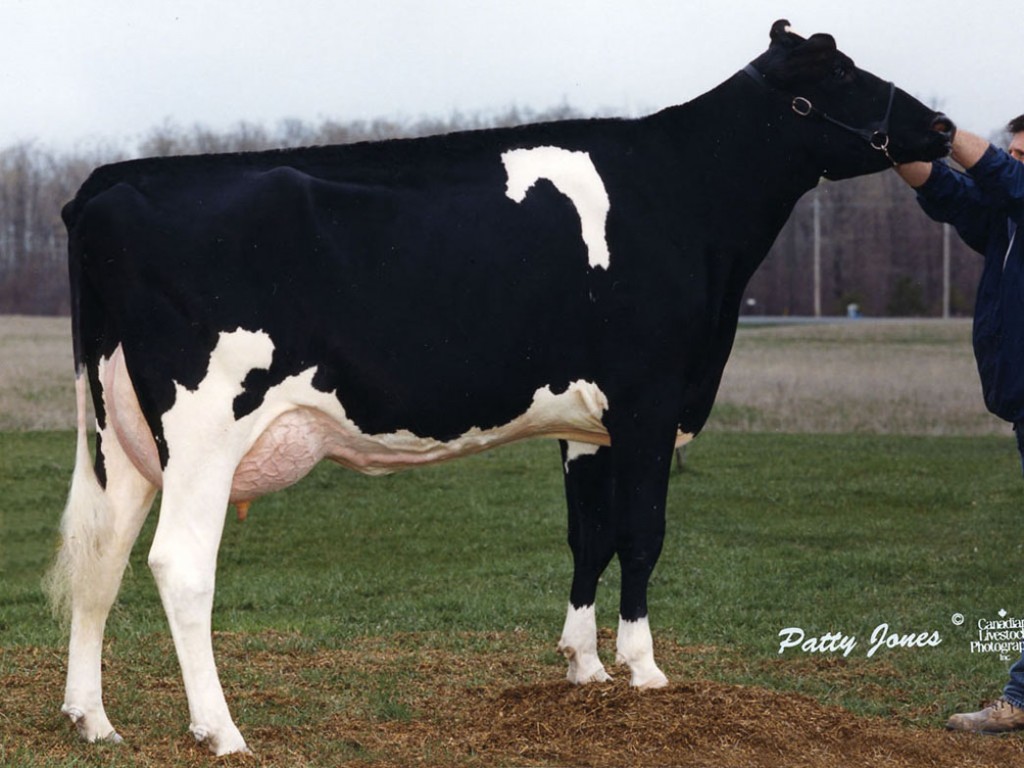
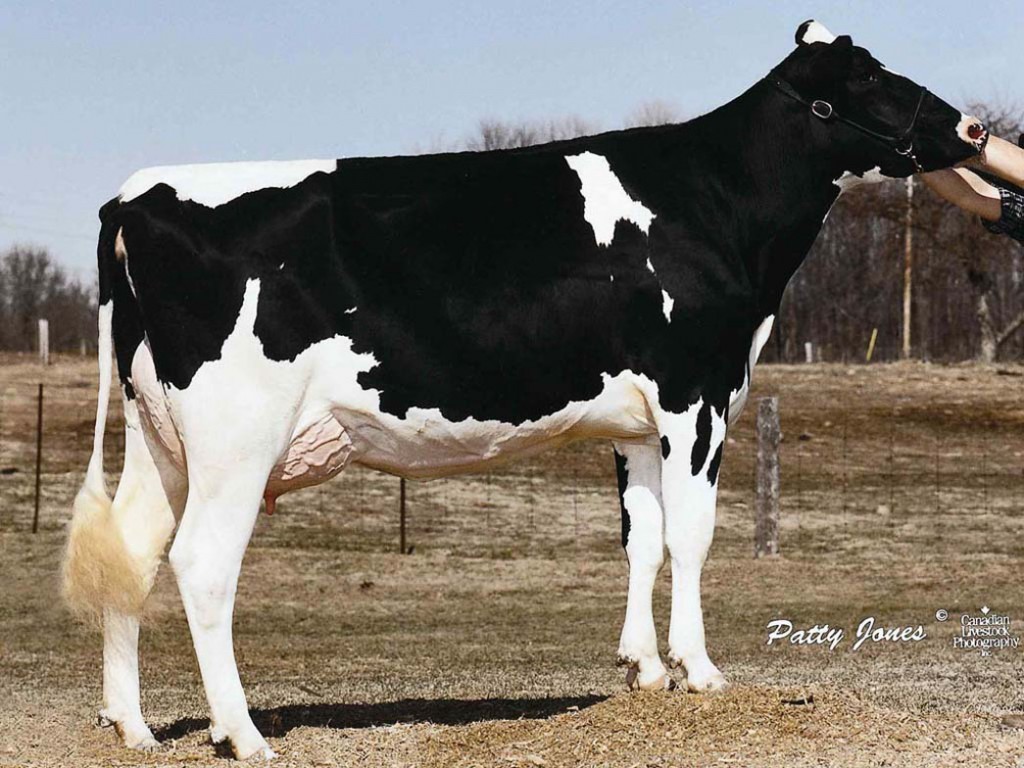
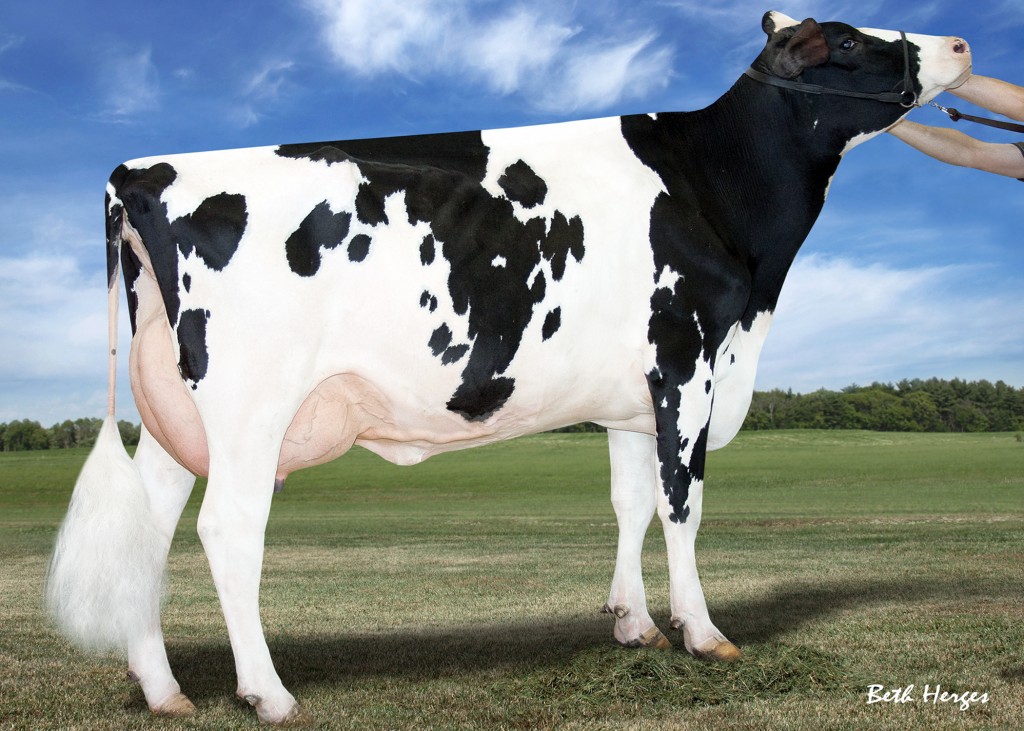
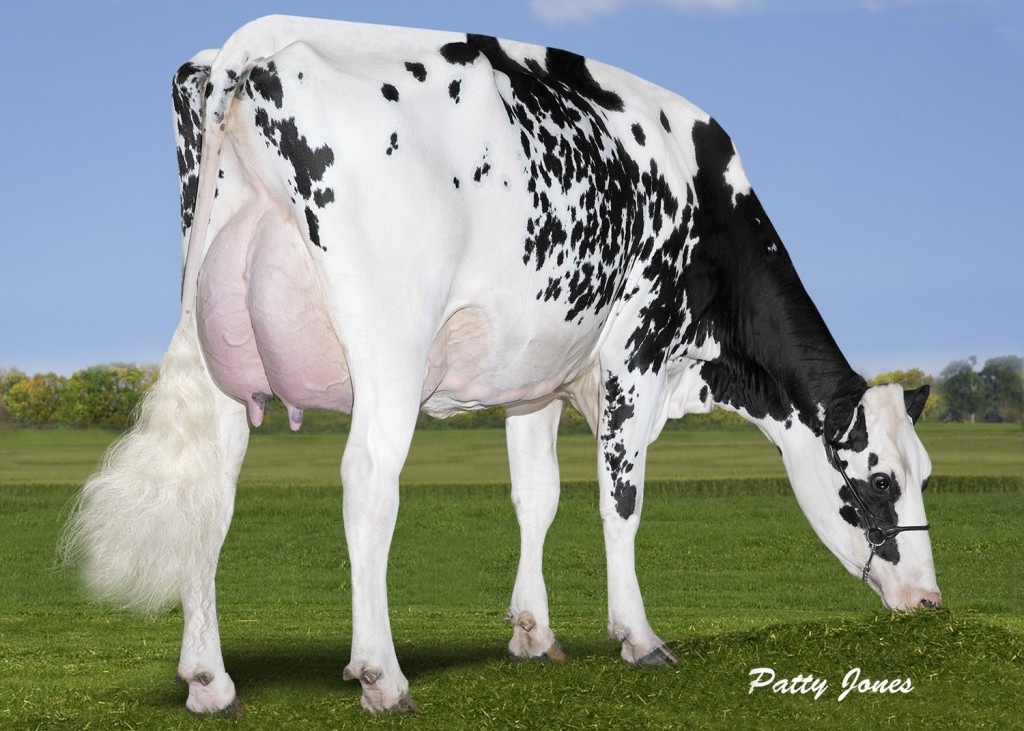
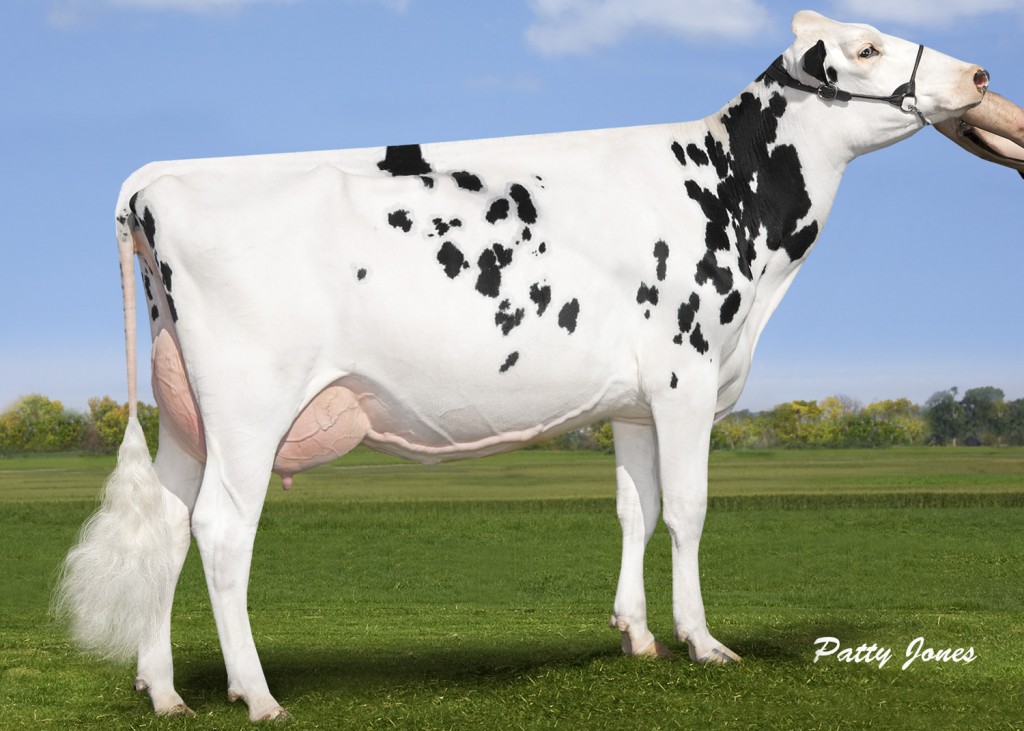
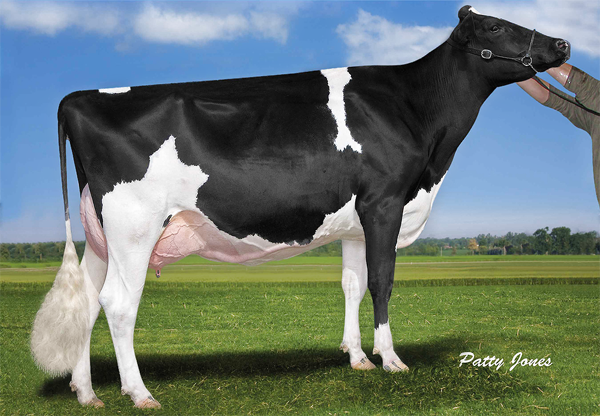
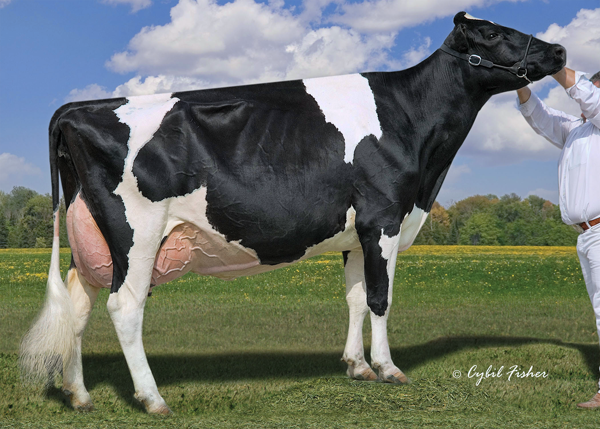

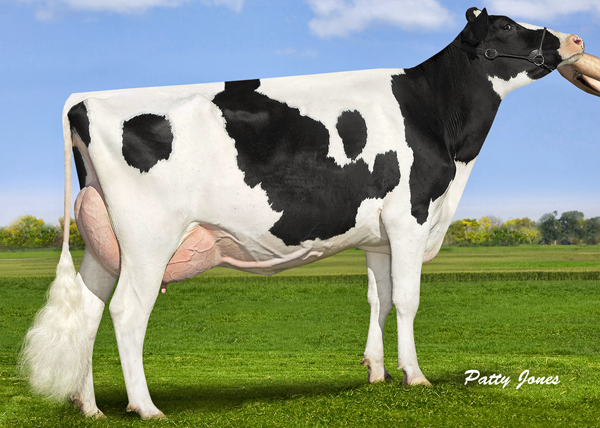
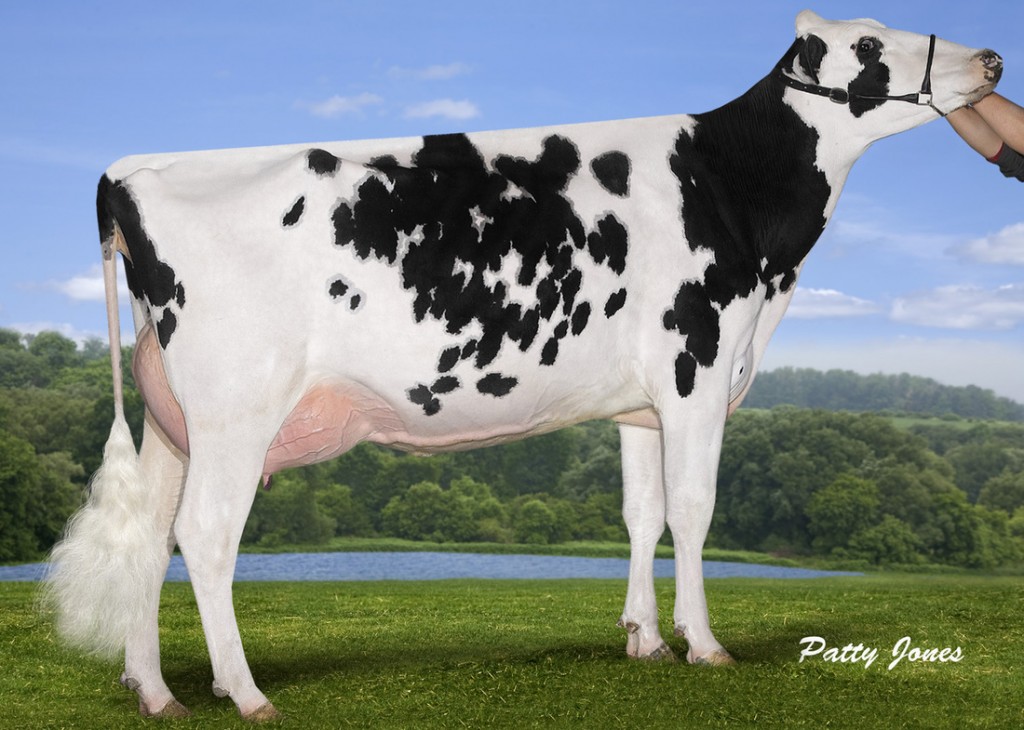
 Every dairy family builds their agricultural legacy over time. For Bram Prins it started in the Netherlands over forty years ago. “In 1968 our family decided to move to county Groningen. As the oldest of seven children I worked with my father to start farming 54 ha of arable land where we had 100 cows. “
Every dairy family builds their agricultural legacy over time. For Bram Prins it started in the Netherlands over forty years ago. “In 1968 our family decided to move to county Groningen. As the oldest of seven children I worked with my father to start farming 54 ha of arable land where we had 100 cows. “ 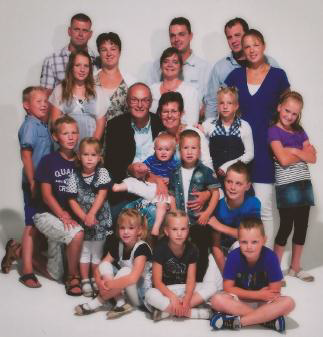

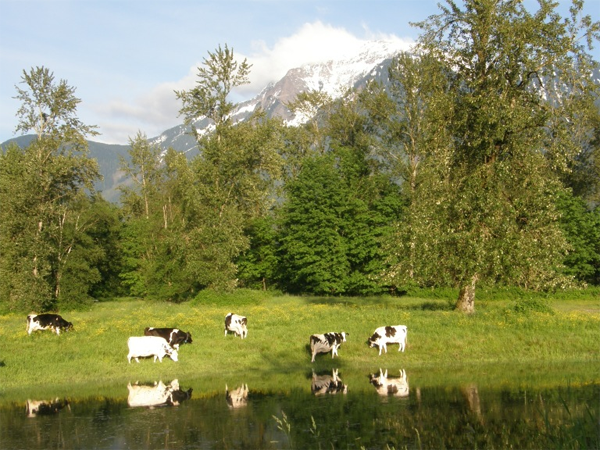
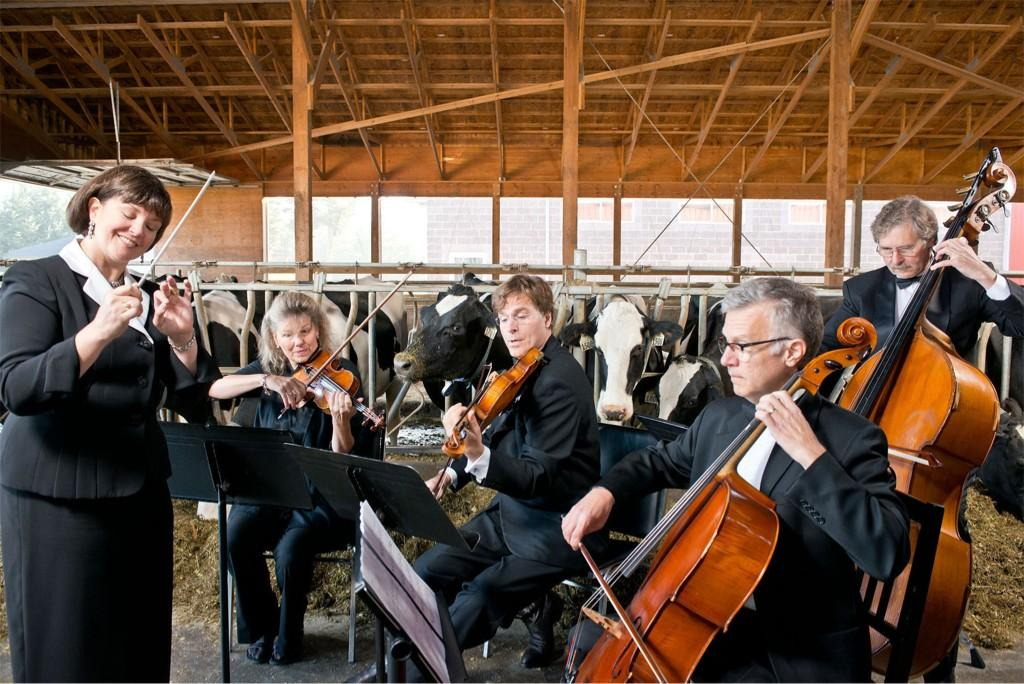
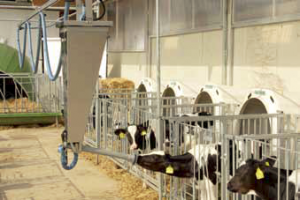 Advantages of Automatic Calf Feeders
Advantages of Automatic Calf Feeders![29f3b7f[1]](https://www.thebullvine.com/wp-content/uploads/2014/01/29f3b7f1.jpg) For those outside the agricultural industry, it might be hard to visualize how a passion for dairy cattle could grow into a career that involves international travel. For Erica Rijneveld of Rotterdam Area, Netherlands it is one of the perks of the multi-faceted career that she has chosen and designed to her very own specifications.
For those outside the agricultural industry, it might be hard to visualize how a passion for dairy cattle could grow into a career that involves international travel. For Erica Rijneveld of Rotterdam Area, Netherlands it is one of the perks of the multi-faceted career that she has chosen and designed to her very own specifications.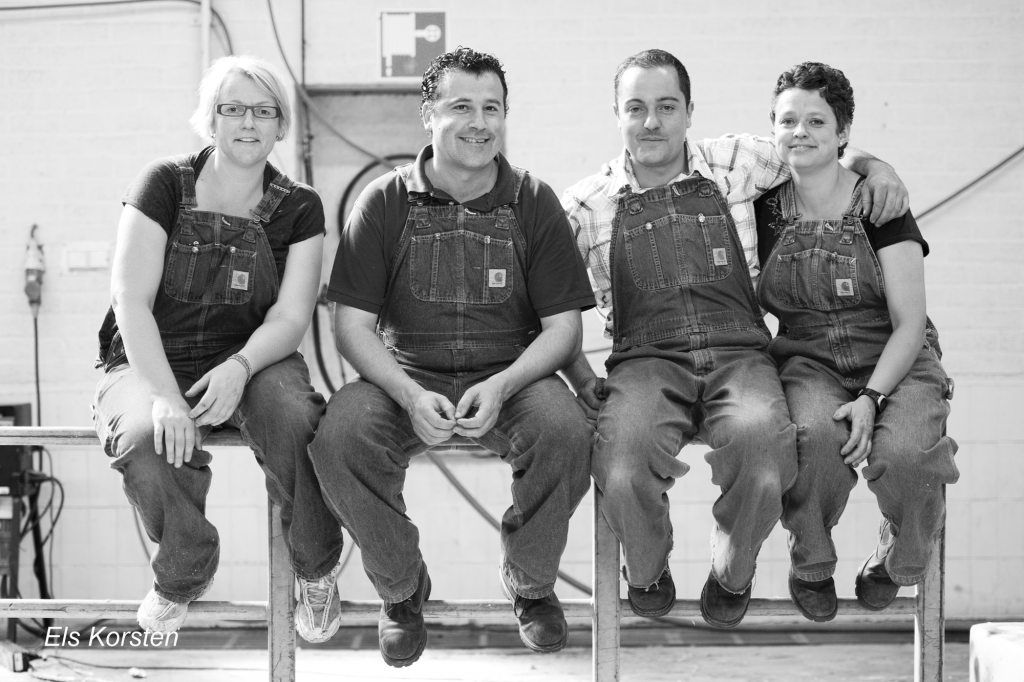
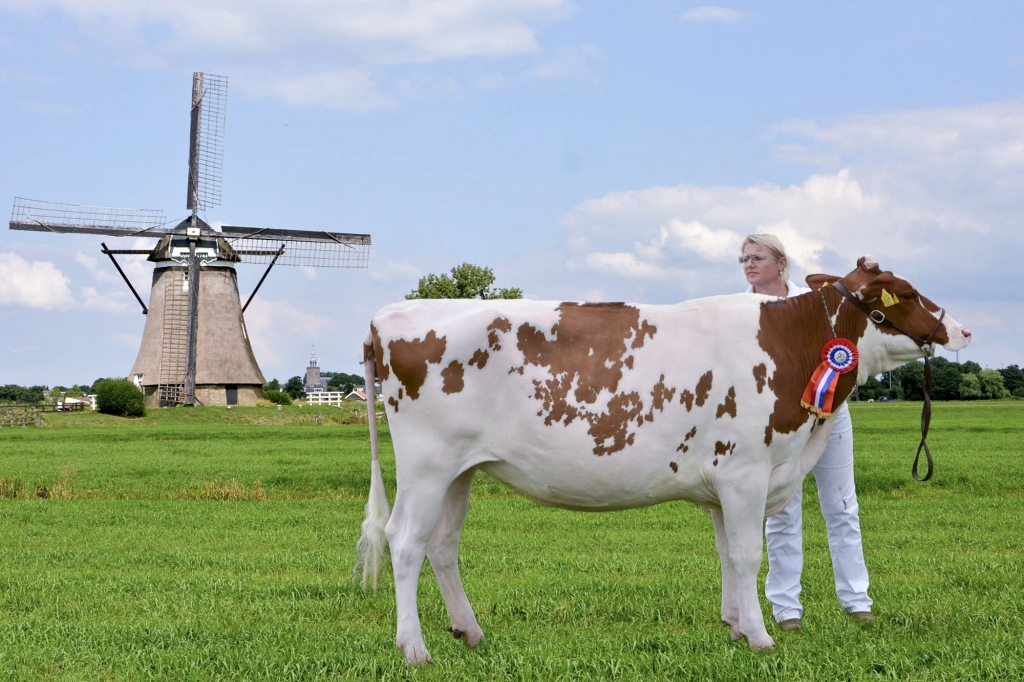
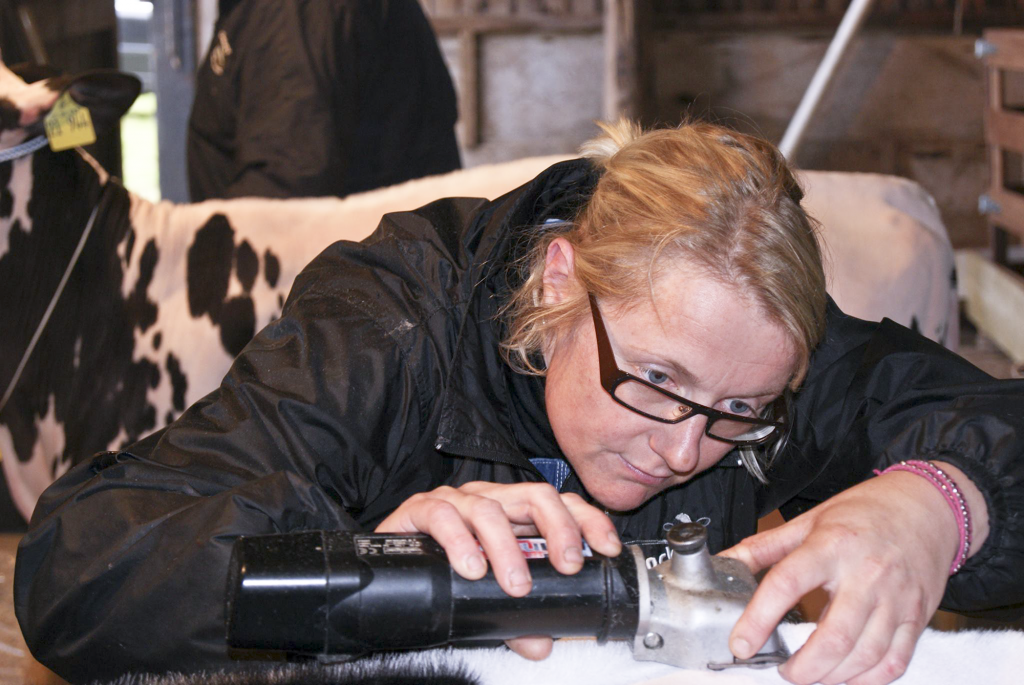
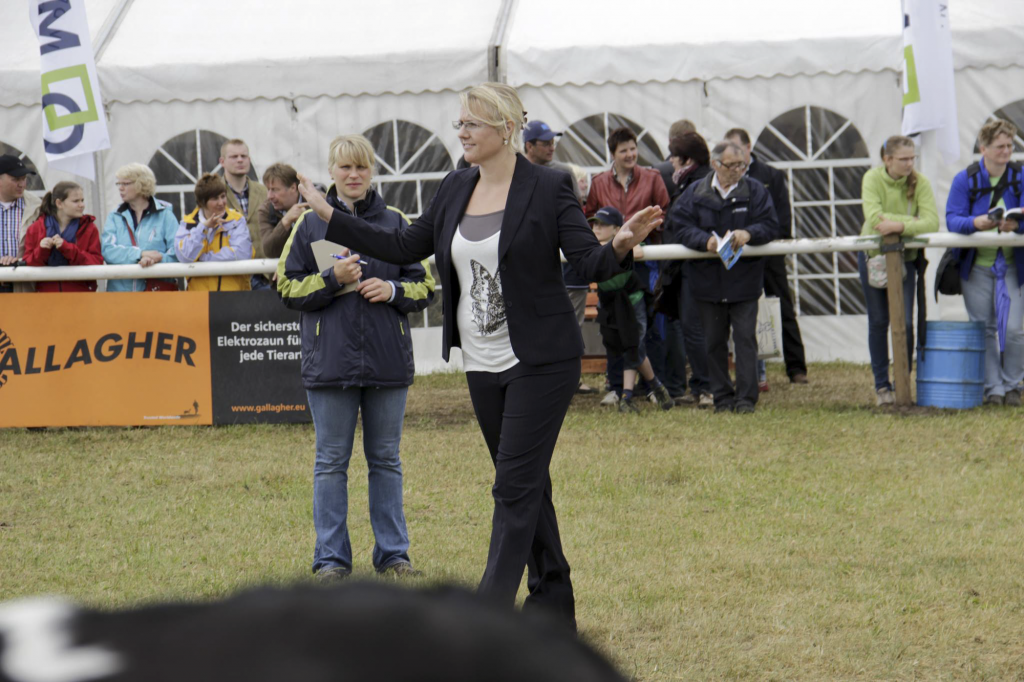
![1609833_1448336345382033_233600523_n[1]](https://www.thebullvine.com/wp-content/uploads/2014/01/1609833_1448336345382033_233600523_n1.jpg)
![1530541_1449740325241635_1272927374_n[1]](https://www.thebullvine.com/wp-content/uploads/2014/01/1530541_1449740325241635_1272927374_n1.jpg)
![1275394_1421536954728639_1814875178_o[1]](https://www.thebullvine.com/wp-content/uploads/2014/01/1275394_1421536954728639_1814875178_o1-951x1024.jpg)
![1472796_1434781500070851_31146810_n[1]](https://www.thebullvine.com/wp-content/uploads/2014/01/1472796_1434781500070851_31146810_n1.jpg)
![1557395_10153734600580521_478603382_o[1]](https://www.thebullvine.com/wp-content/uploads/2014/01/1557395_10153734600580521_478603382_o1-1024x764.jpg)
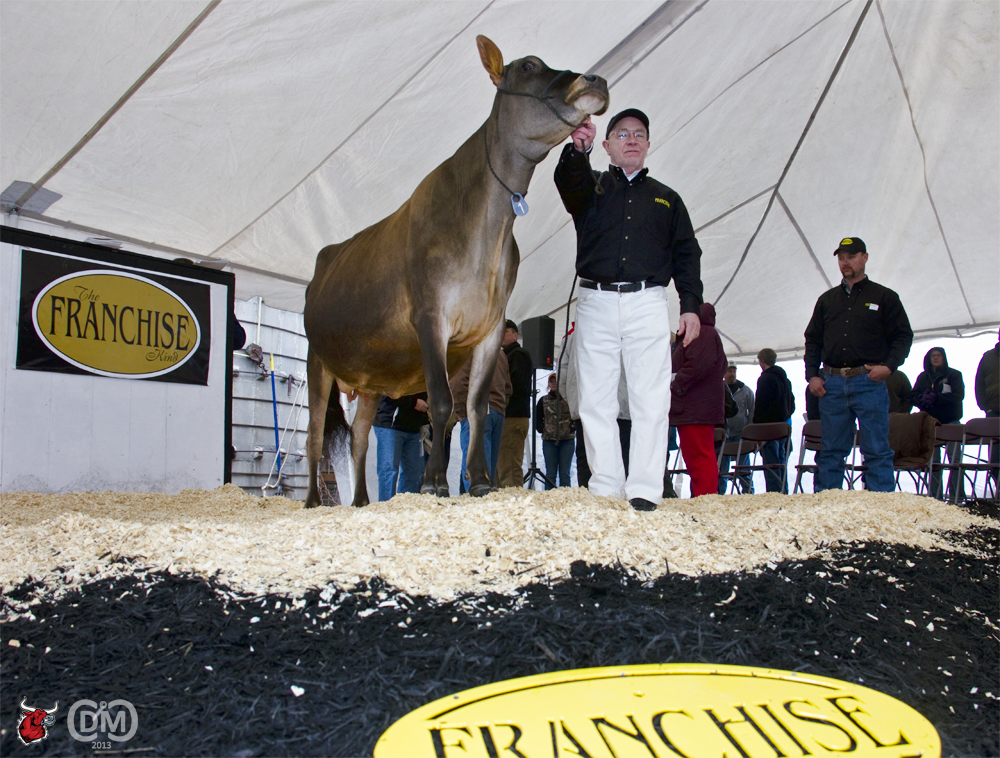
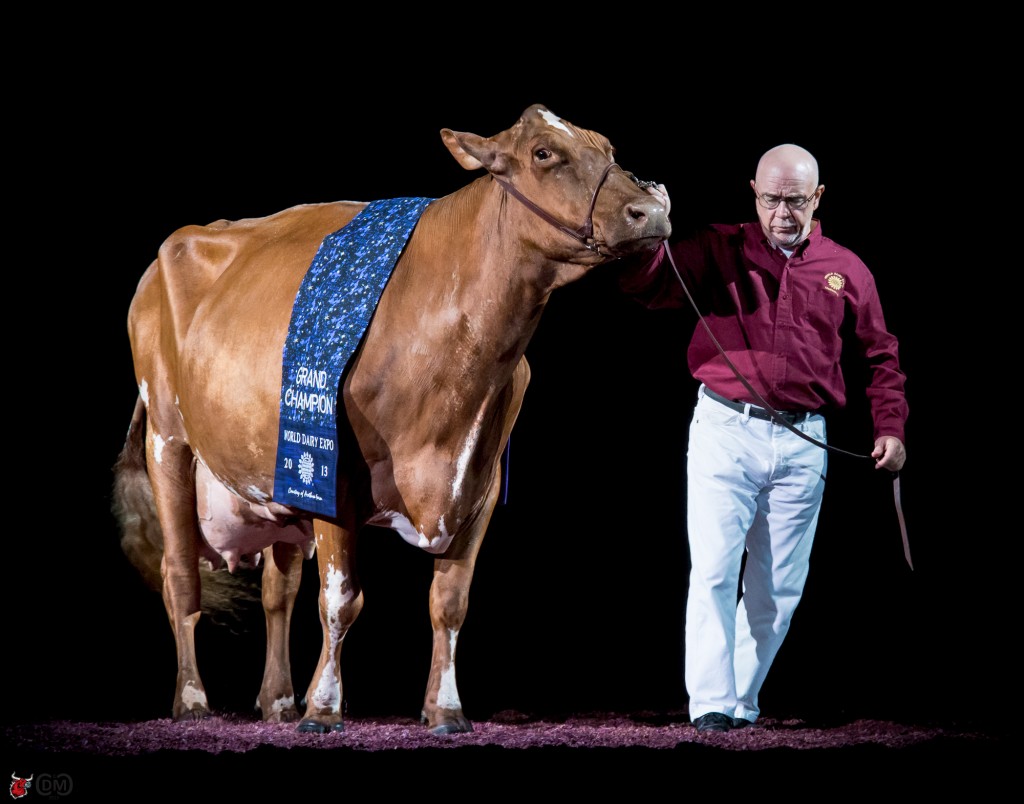
![1398731_439003446210533_116605505_o[1]](https://www.thebullvine.com/wp-content/uploads/2014/01/1398731_439003446210533_116605505_o1-1024x577.jpg)
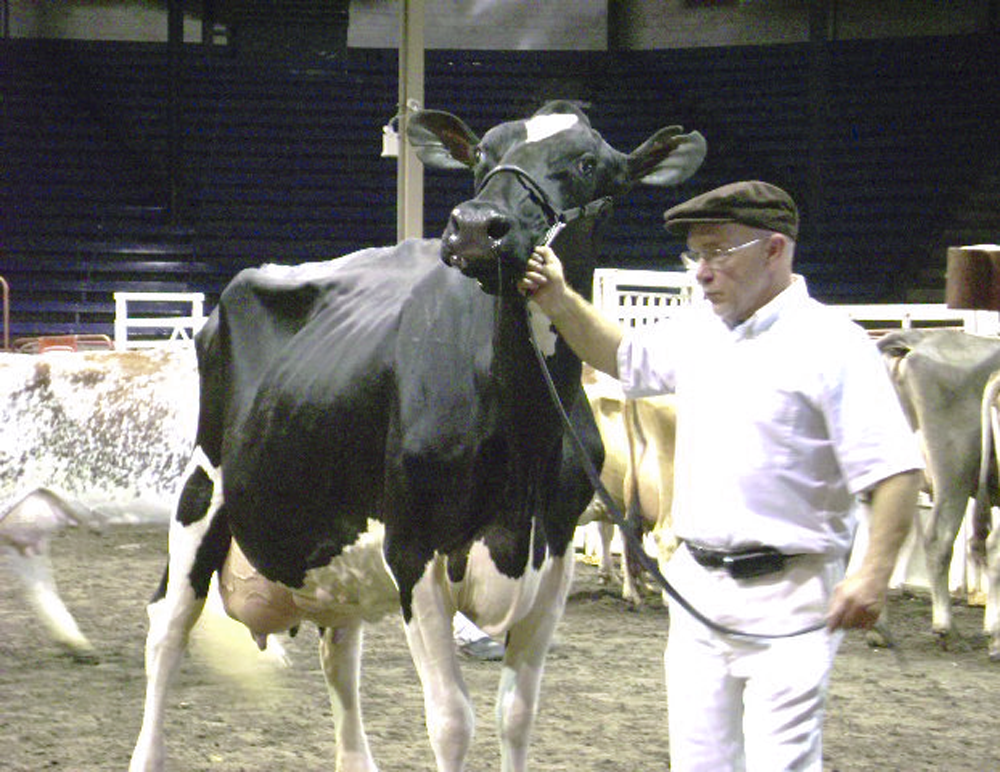
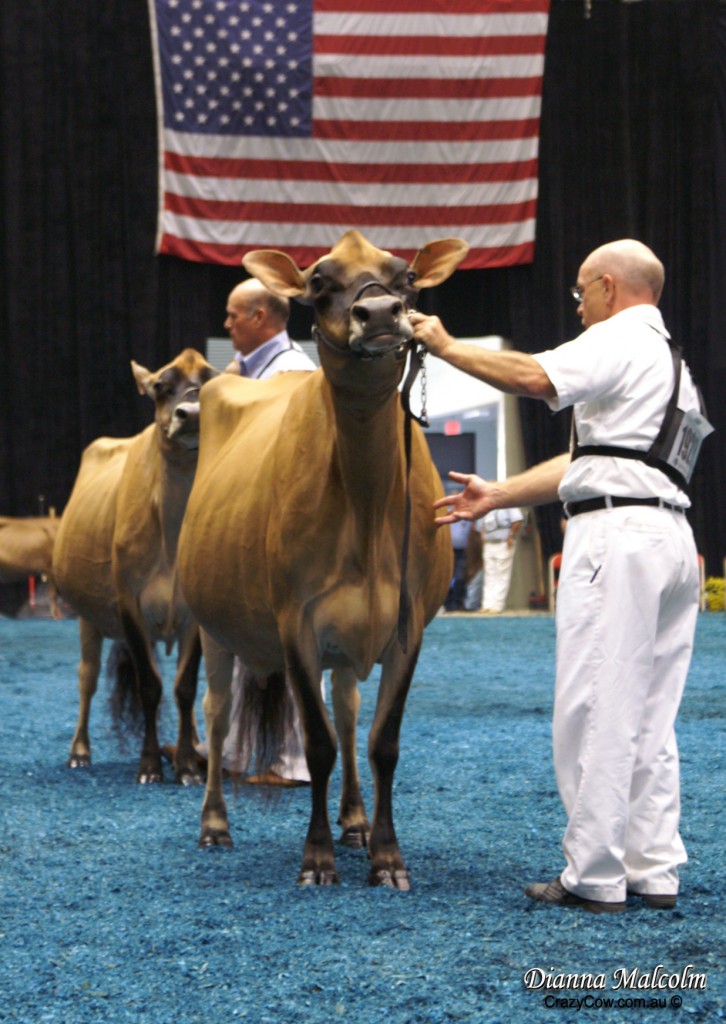
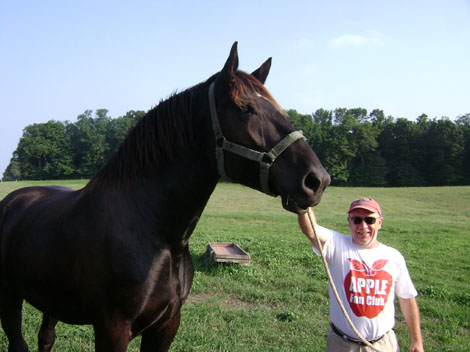
![998801_10101543580120068_487672137_n[1]](https://www.thebullvine.com/wp-content/uploads/2014/01/998801_10101543580120068_487672137_n1.jpg)

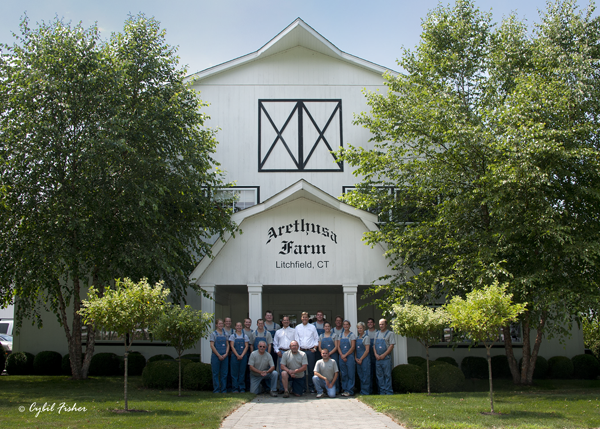
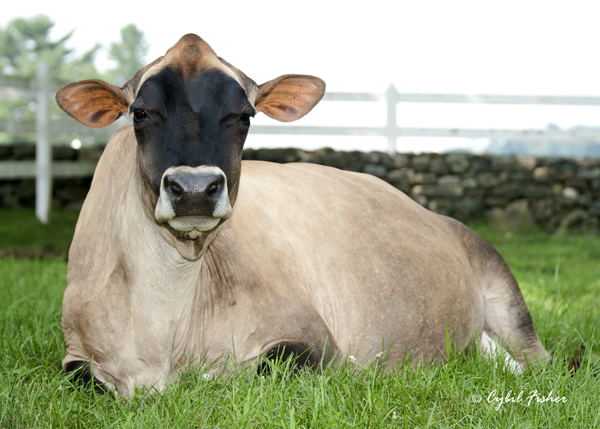
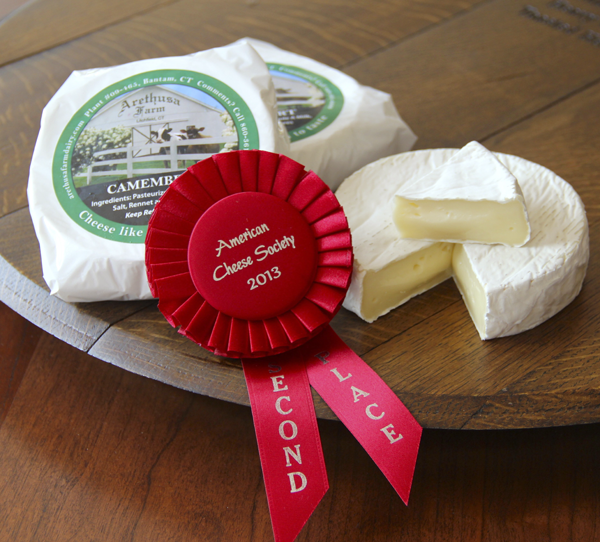
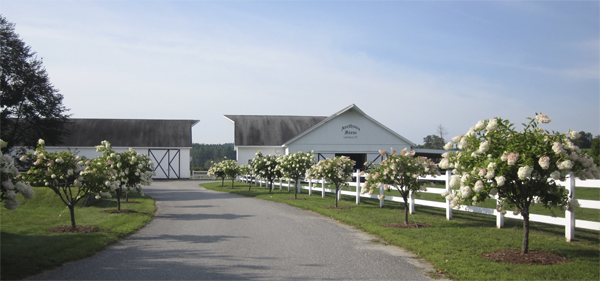
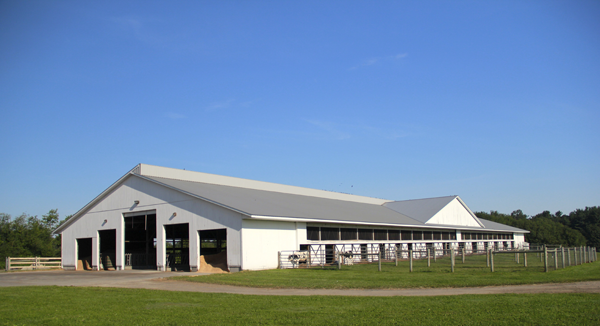
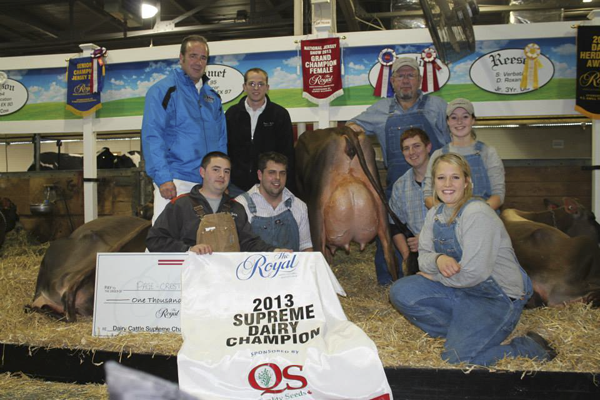
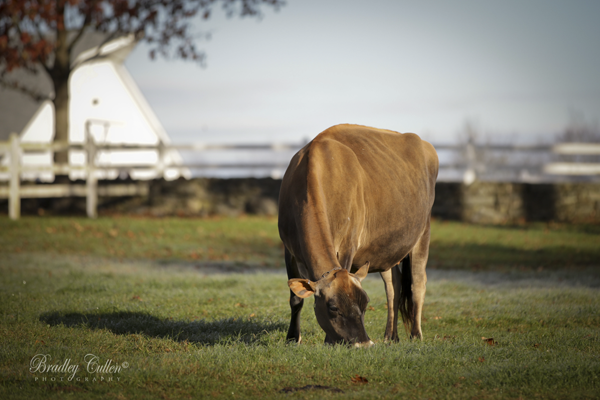
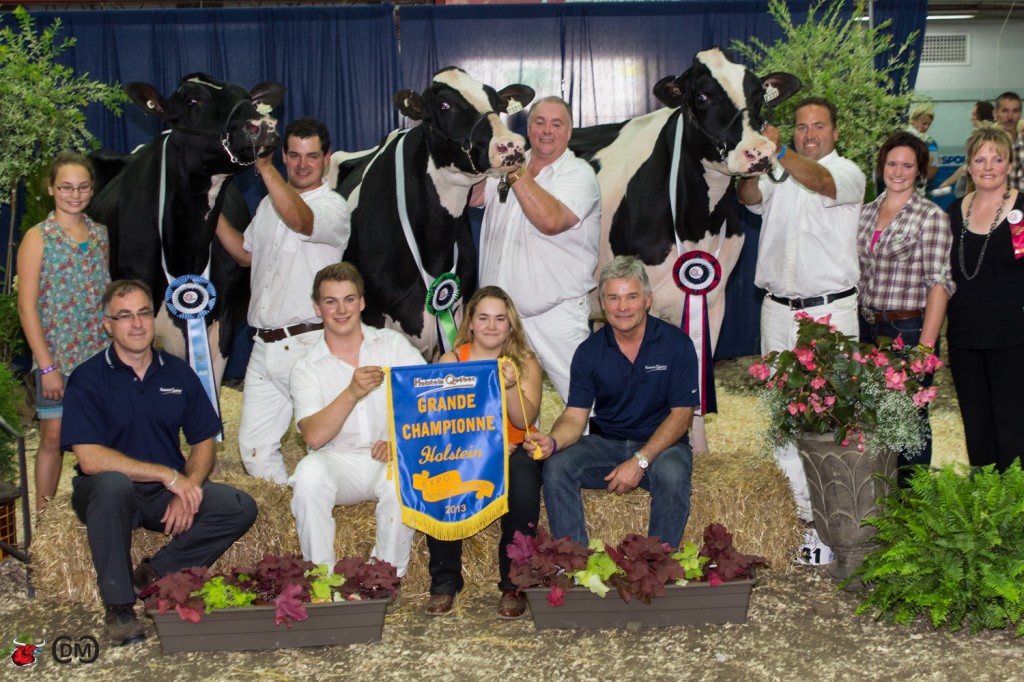
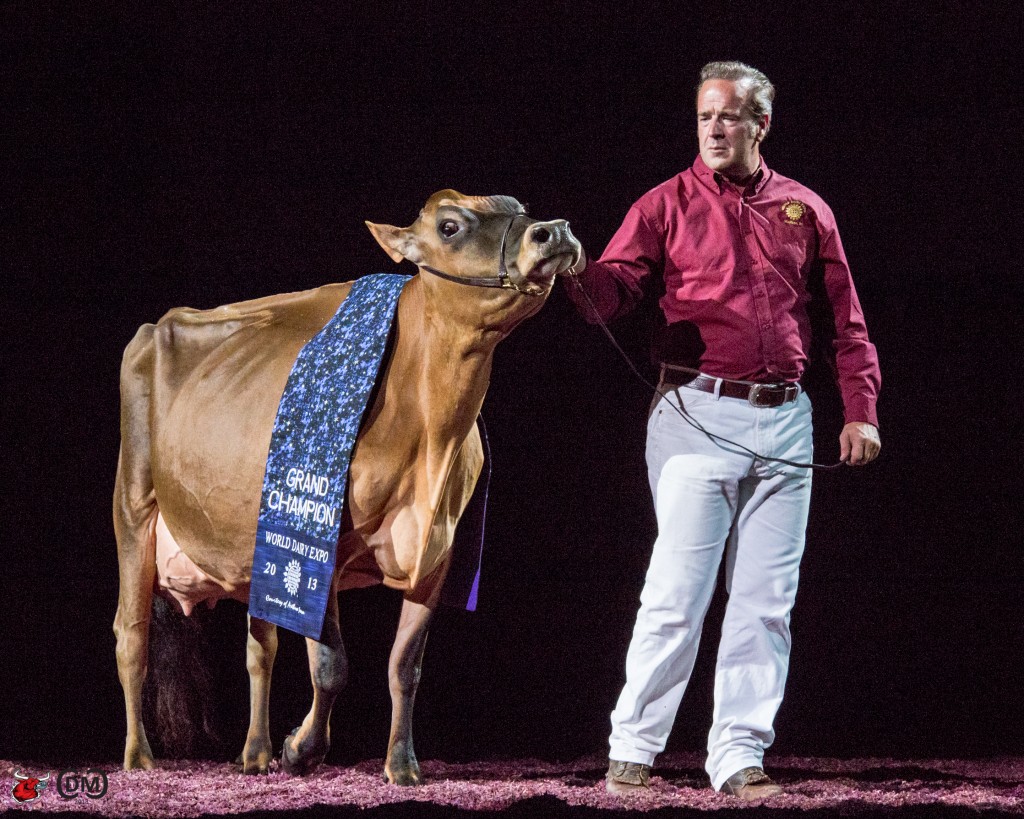
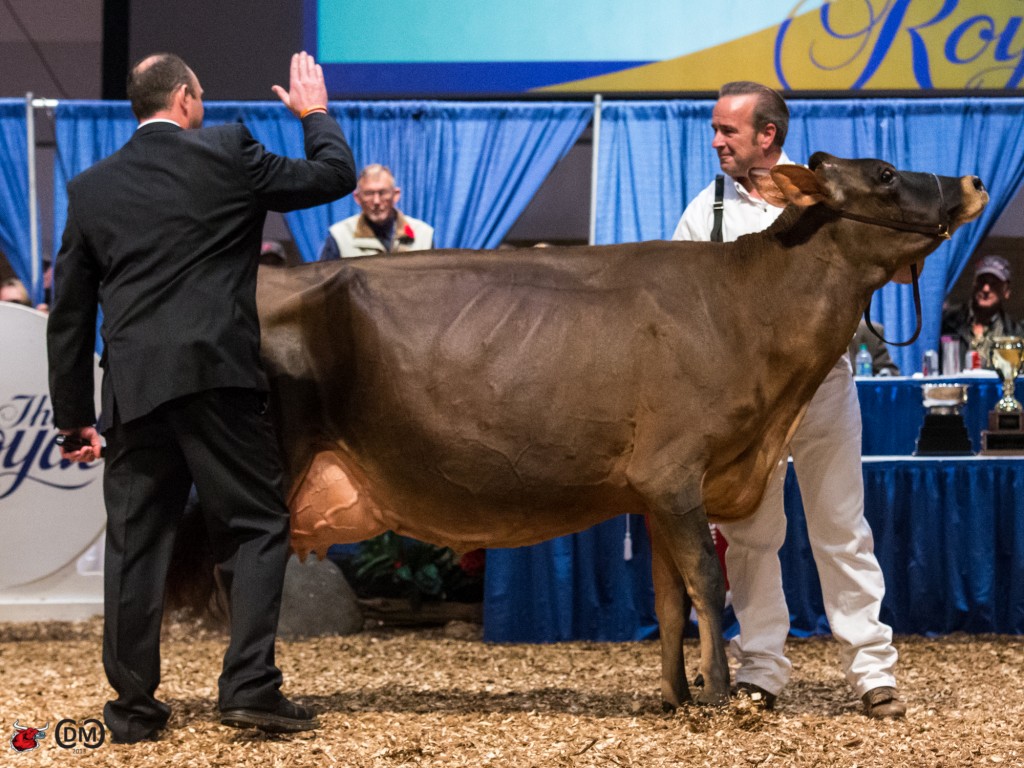
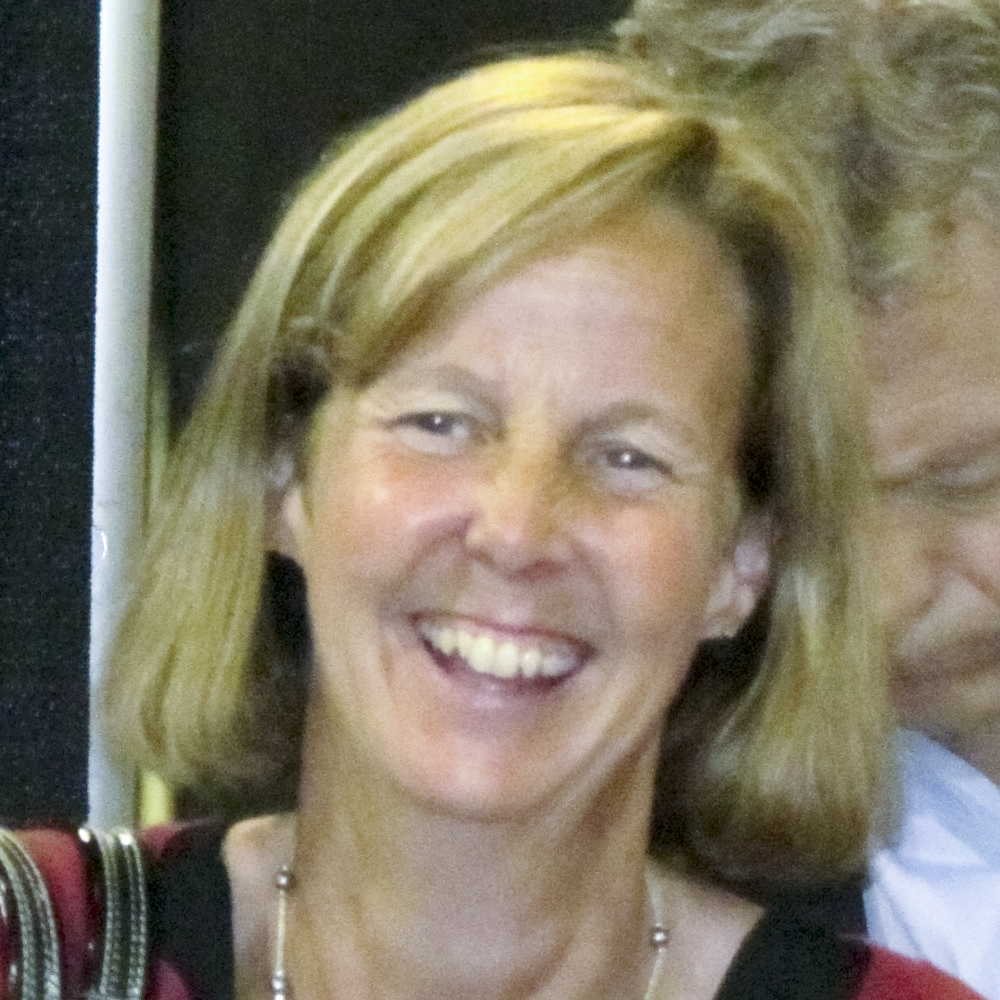
![thiersant-lili-starbuck[1]](https://www.thebullvine.com/wp-content/uploads/2013/12/thiersant-lili-starbuck1.jpg)
